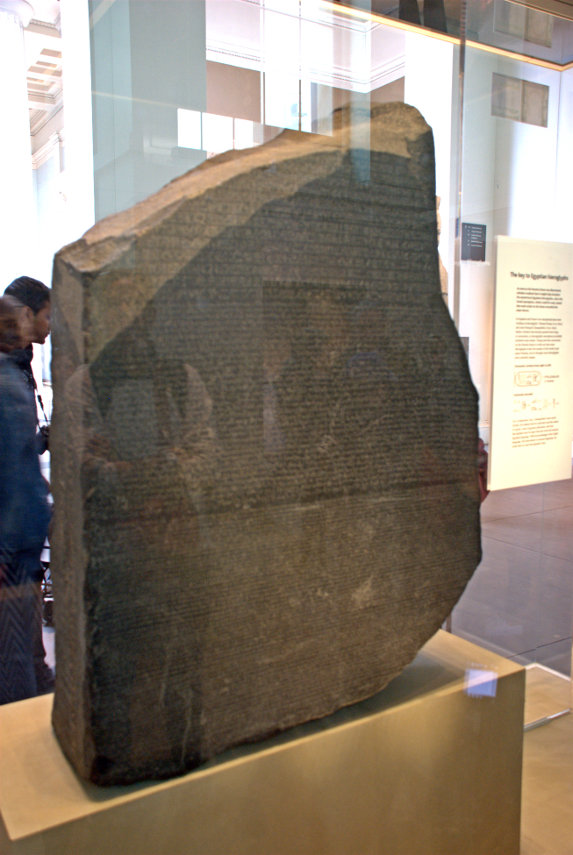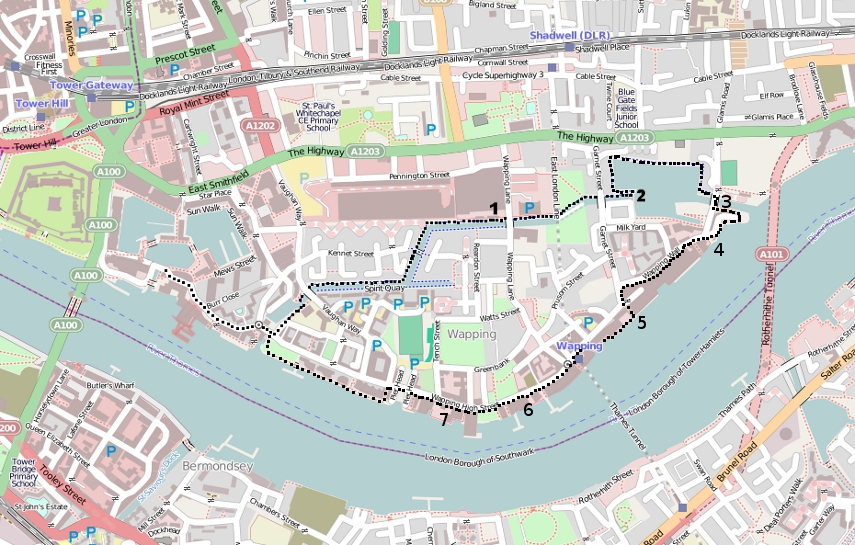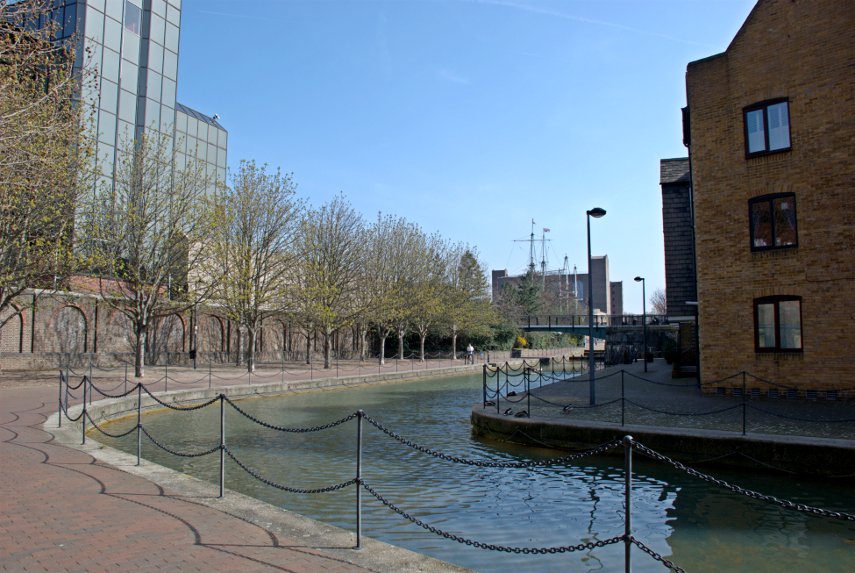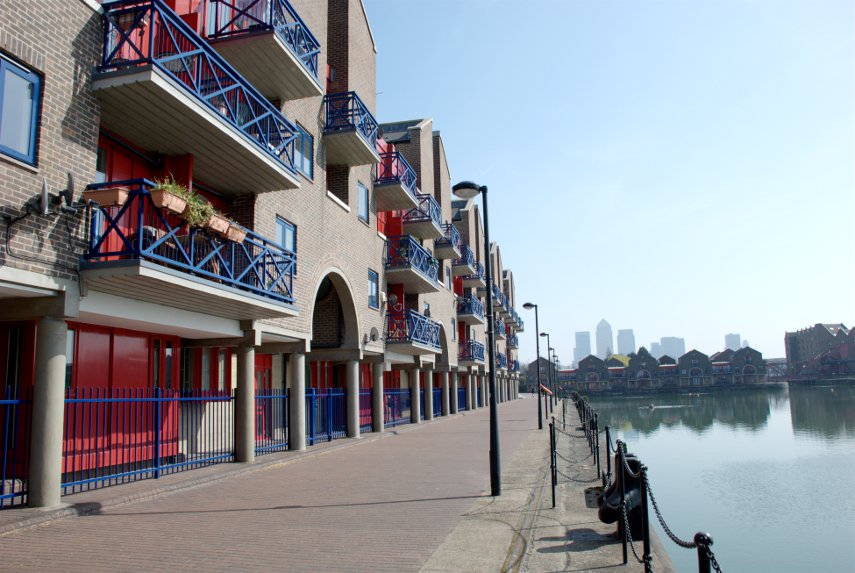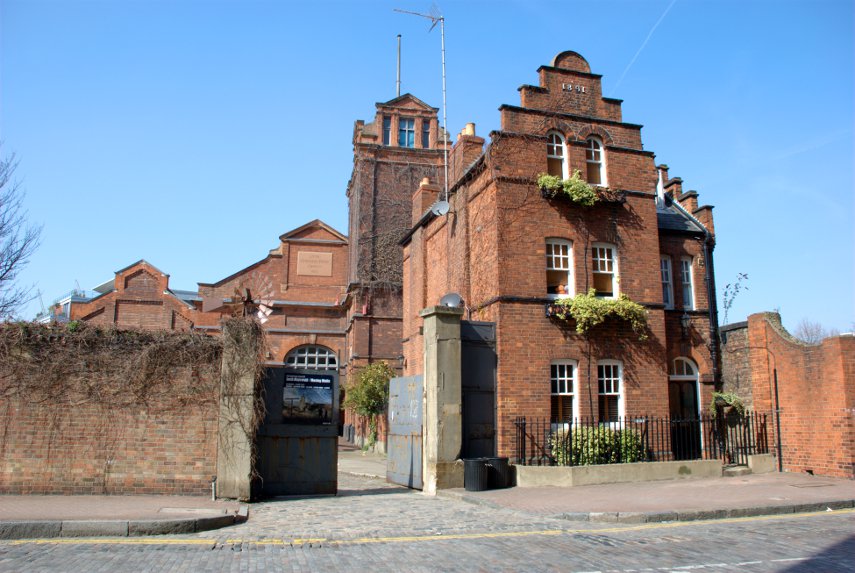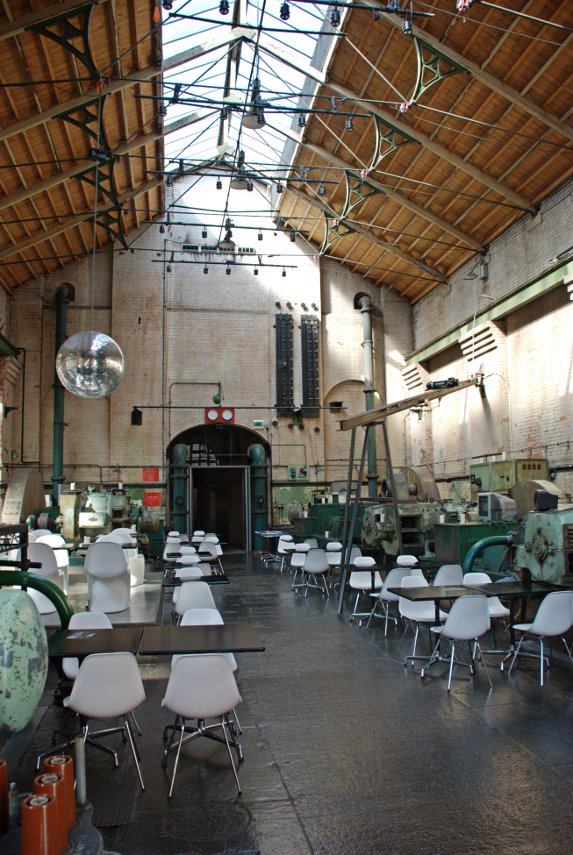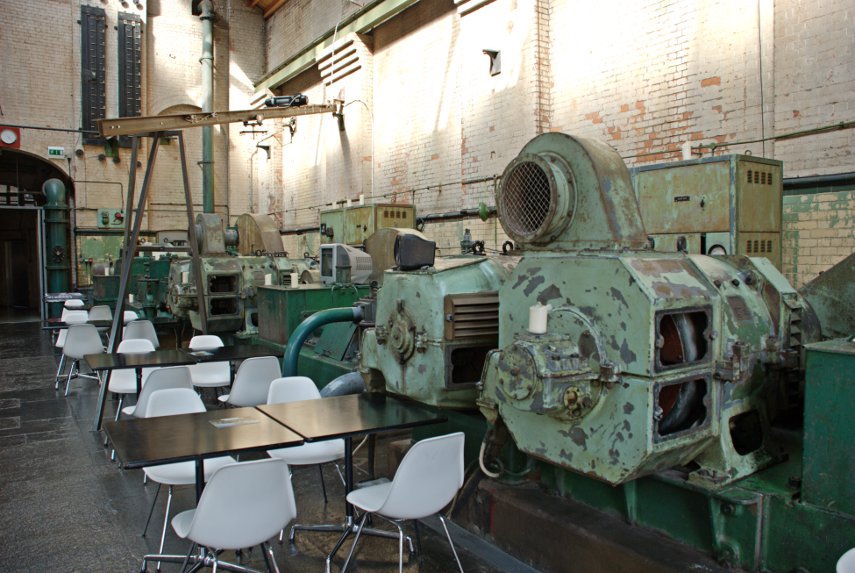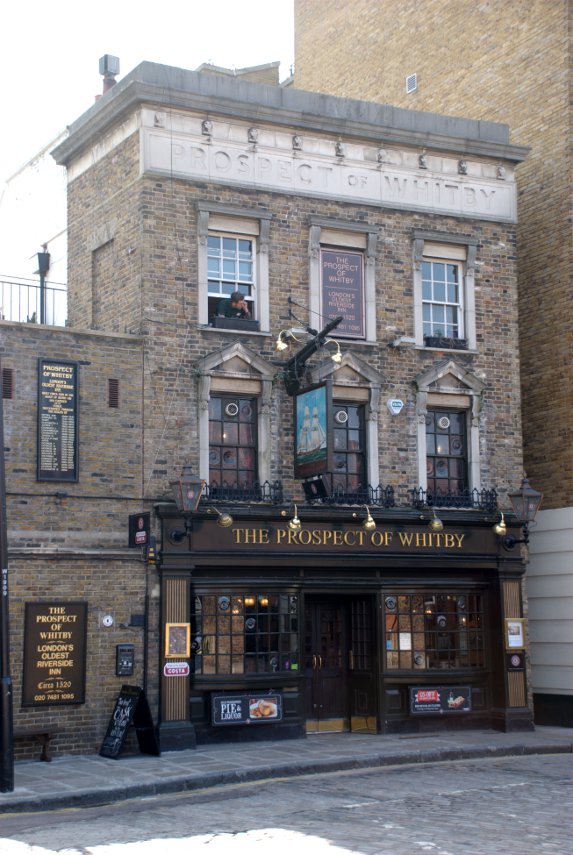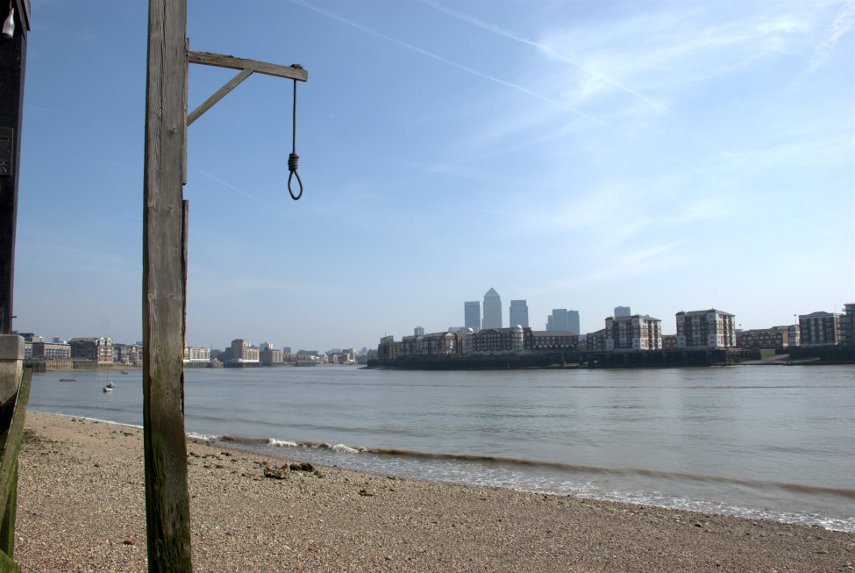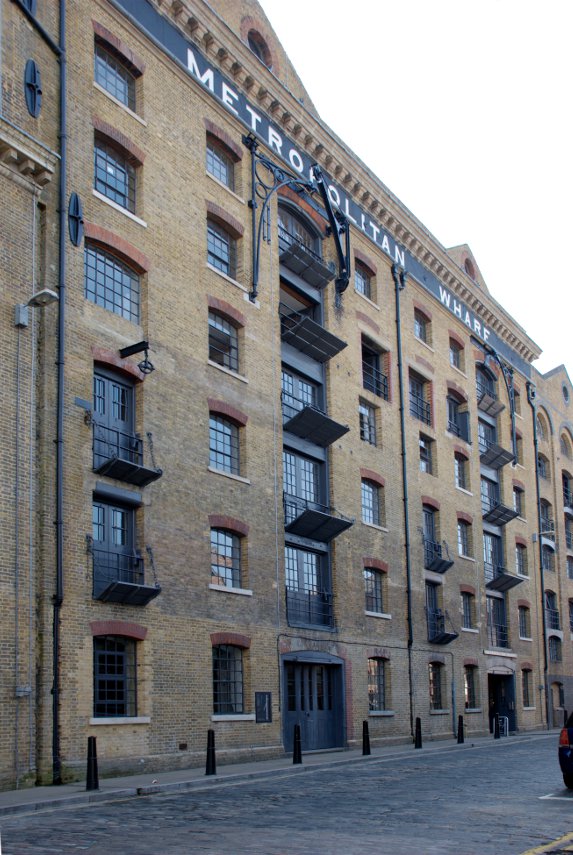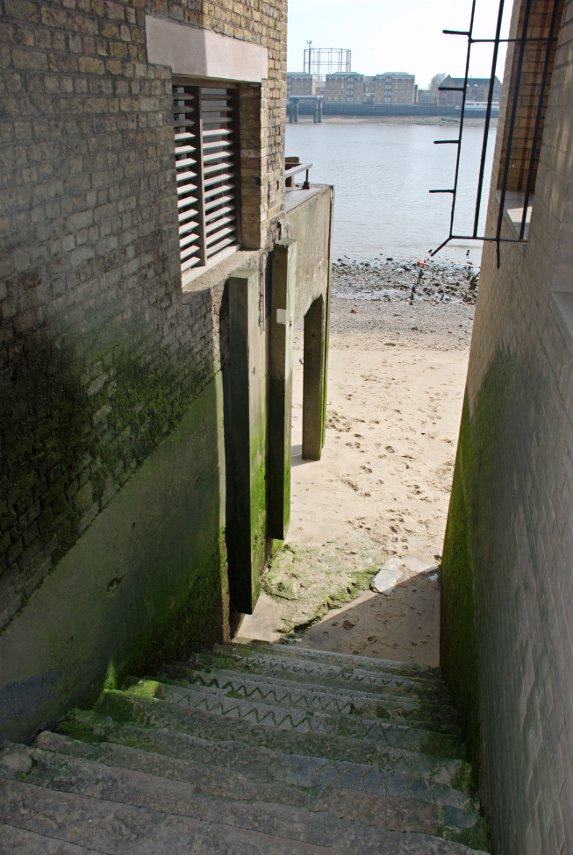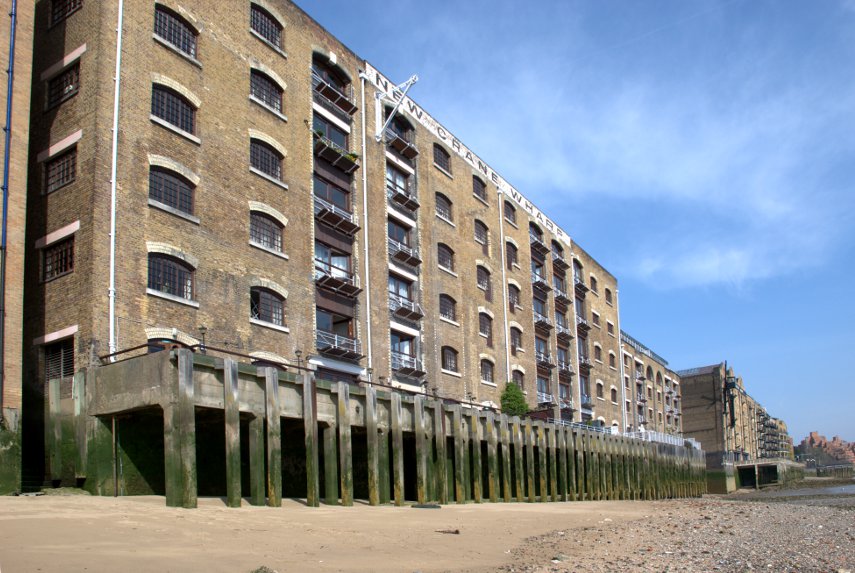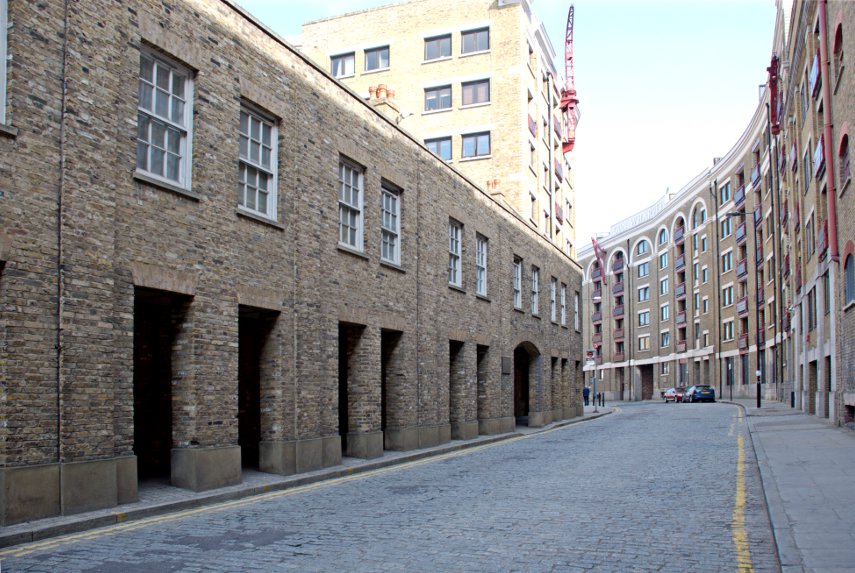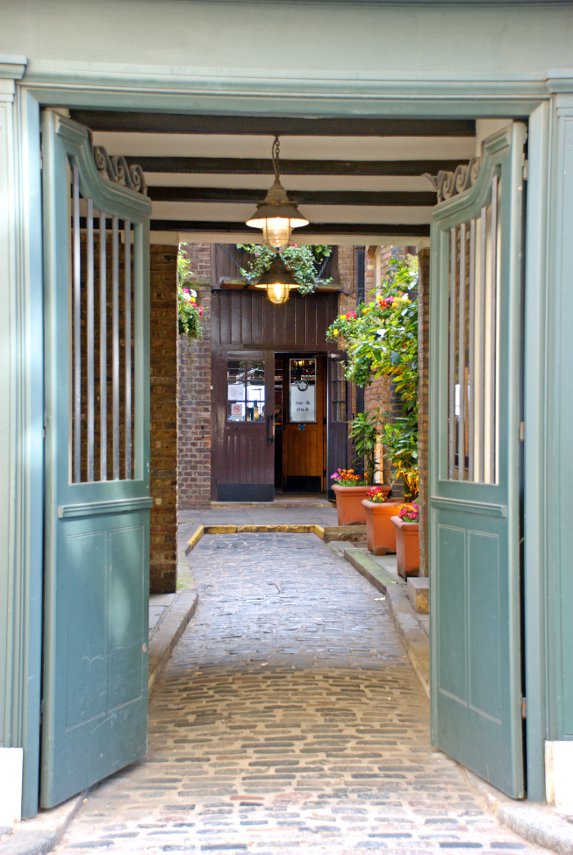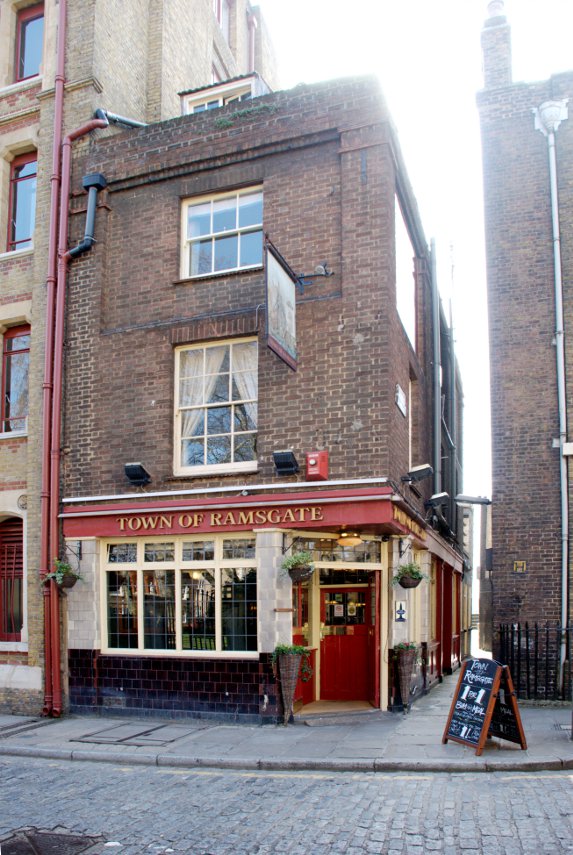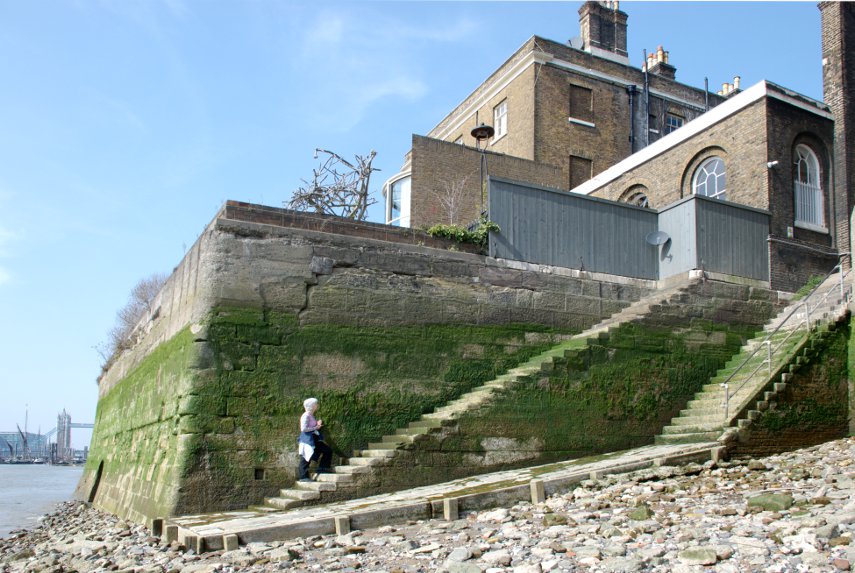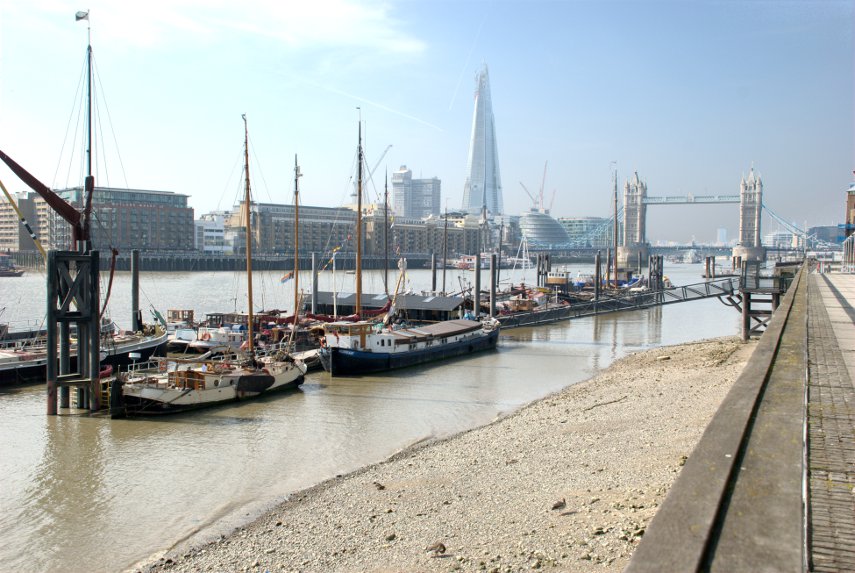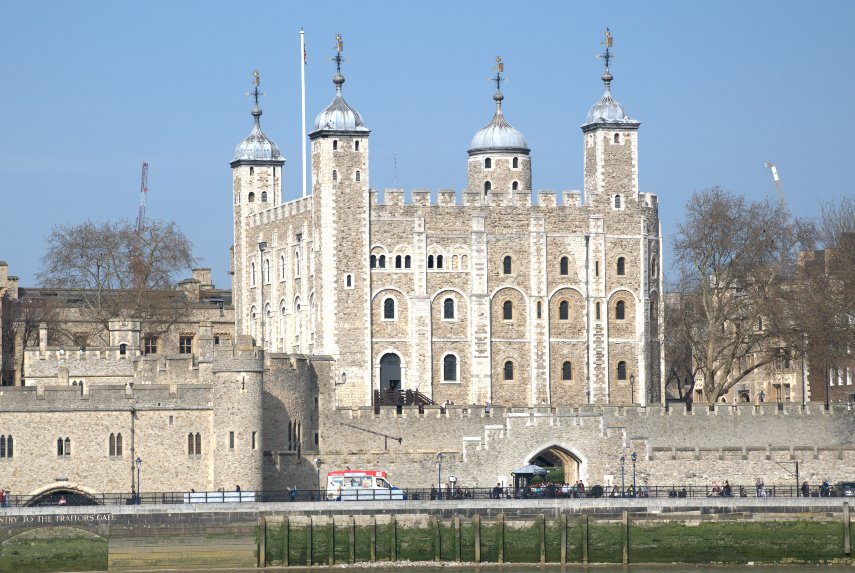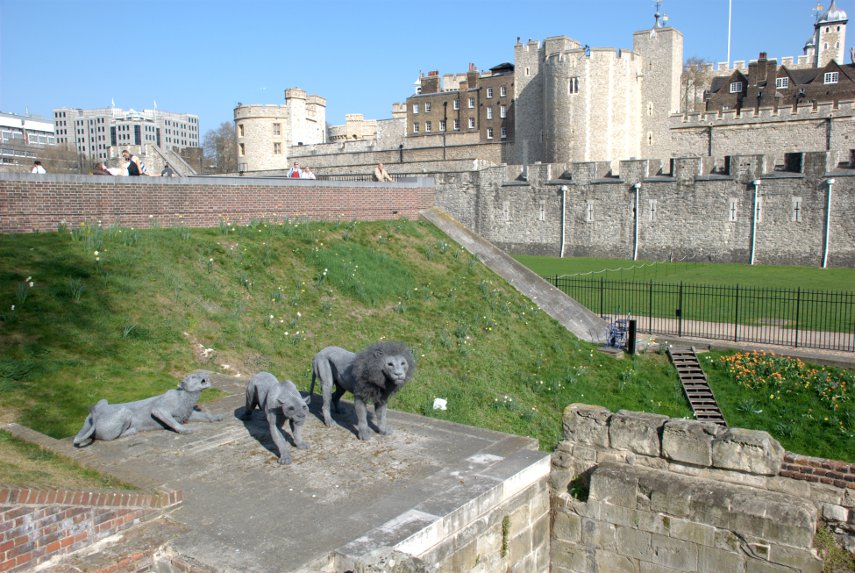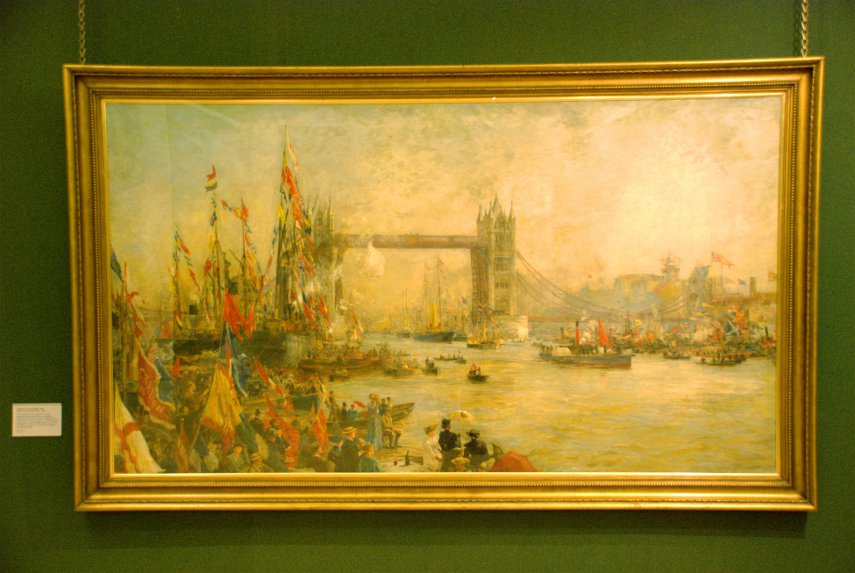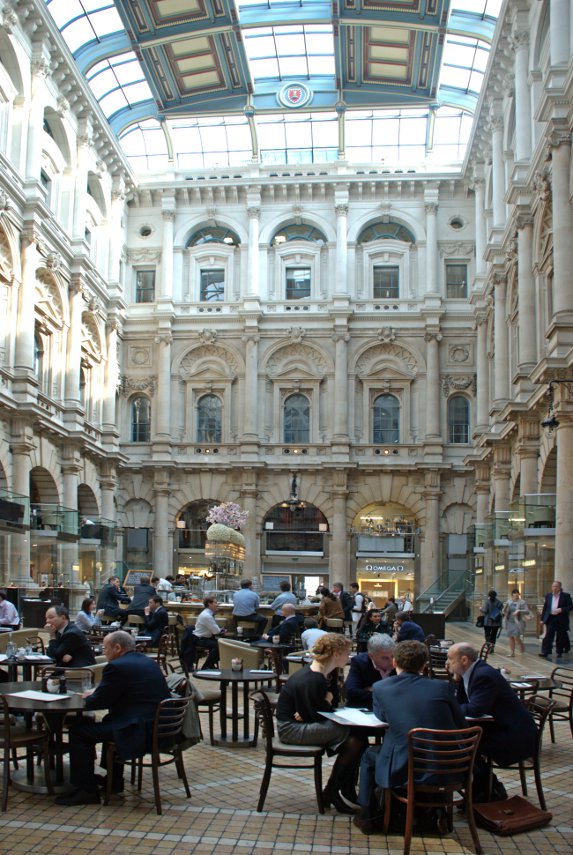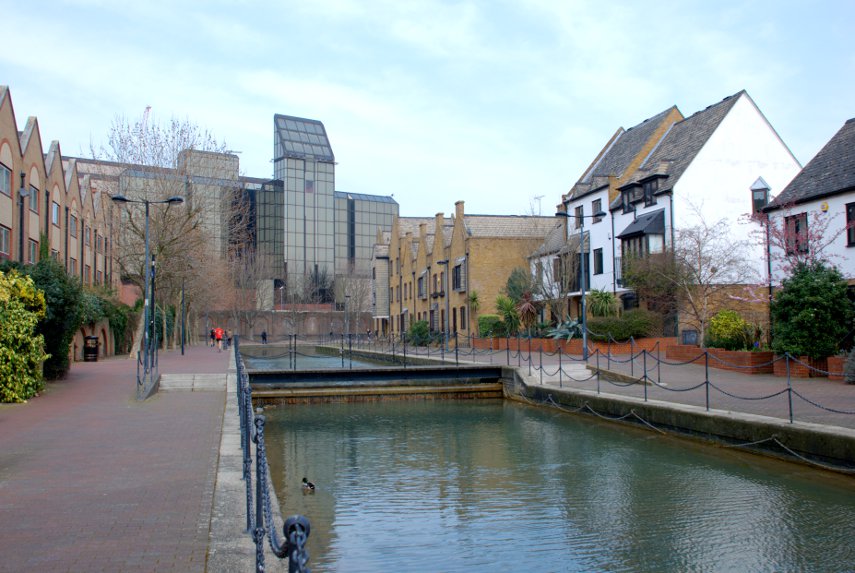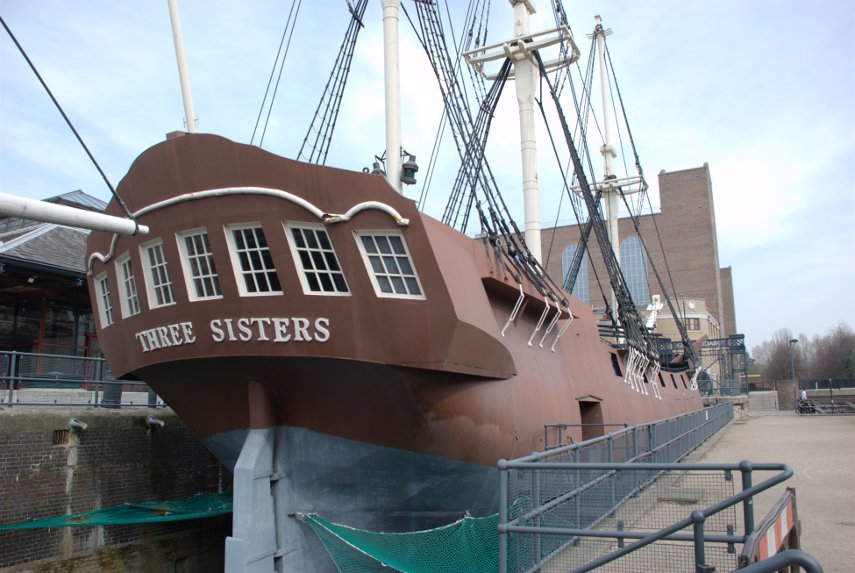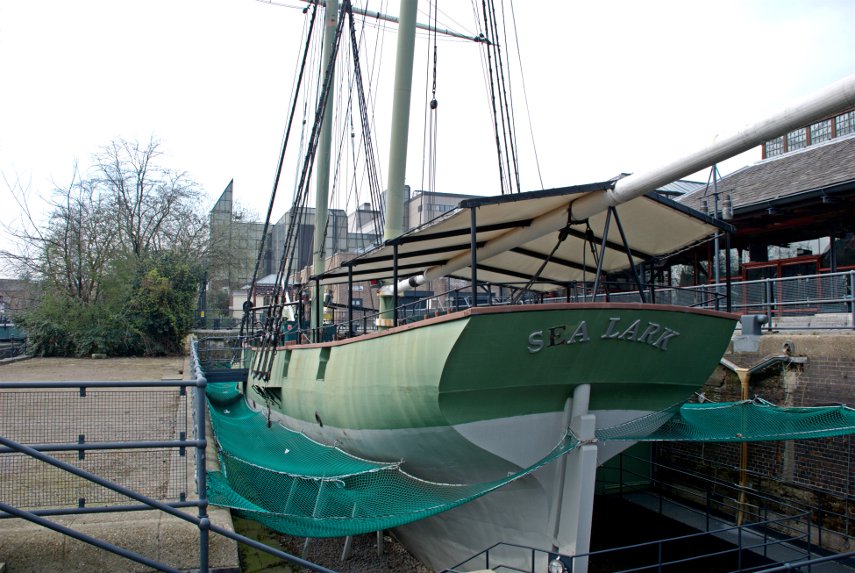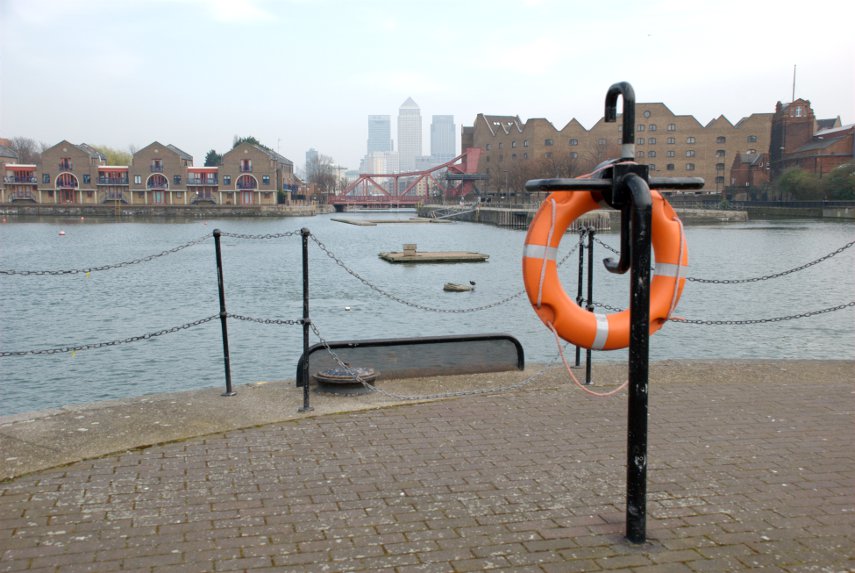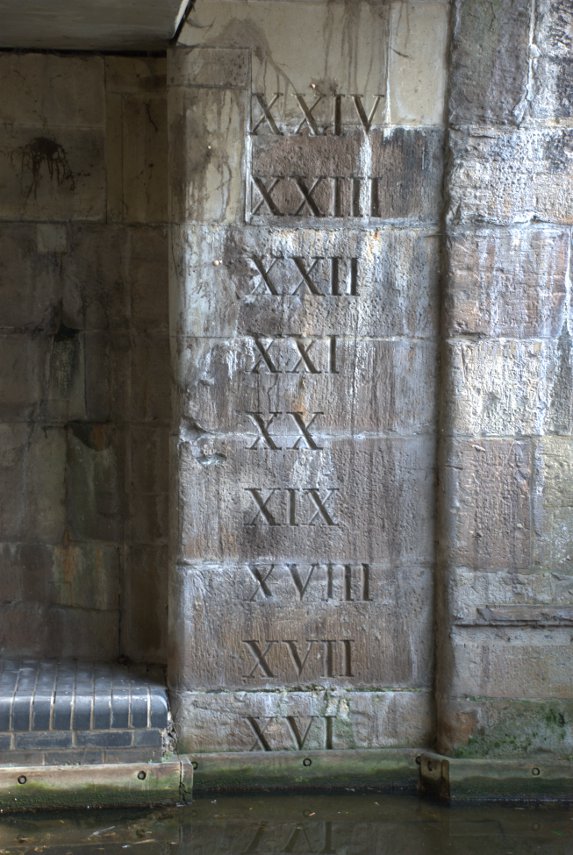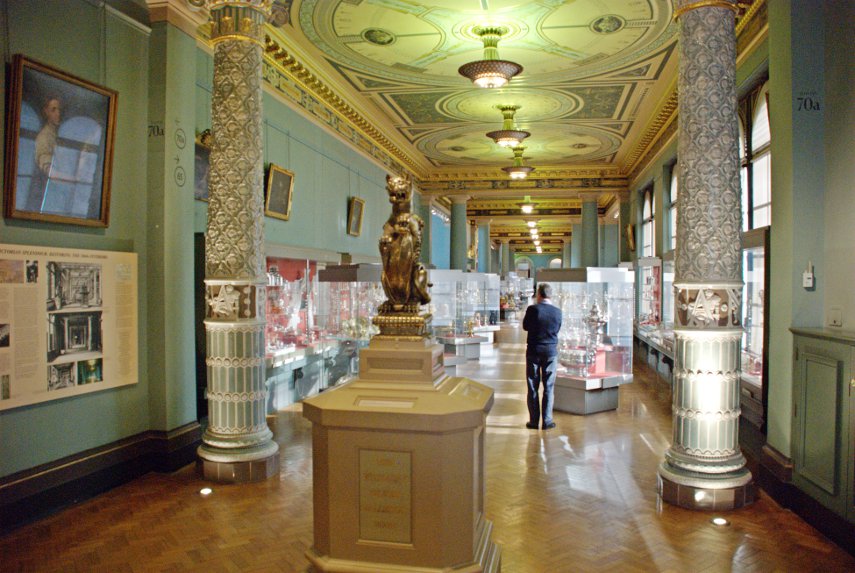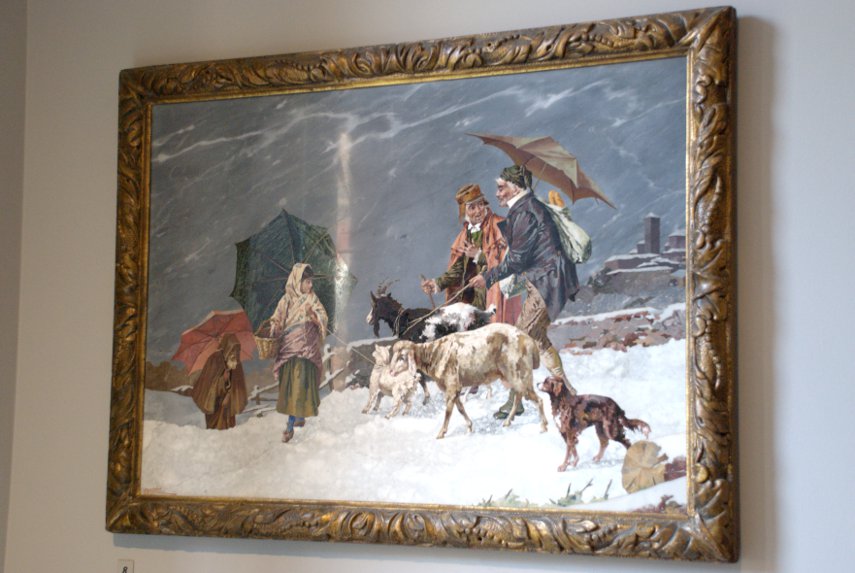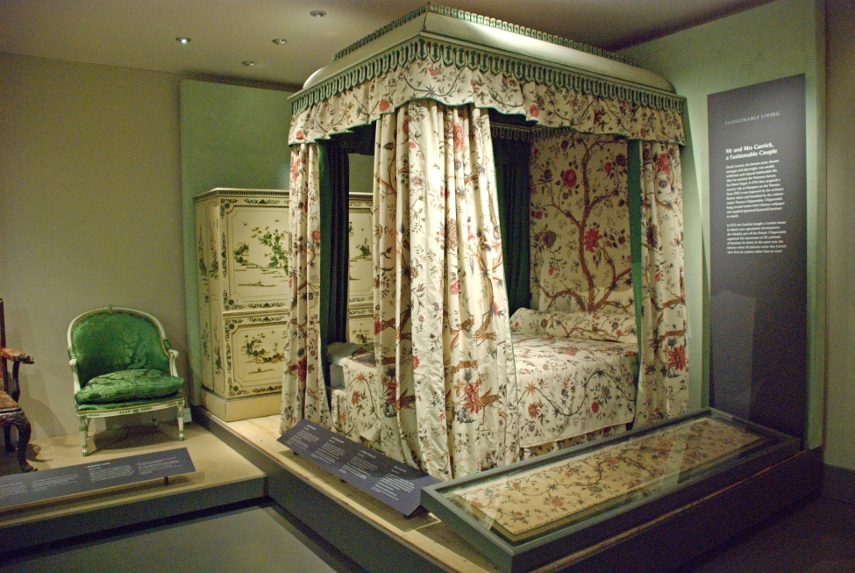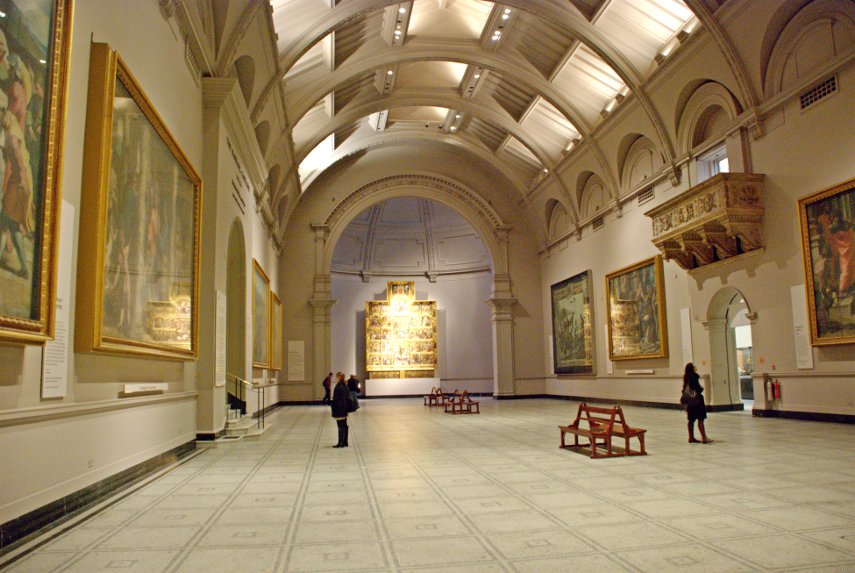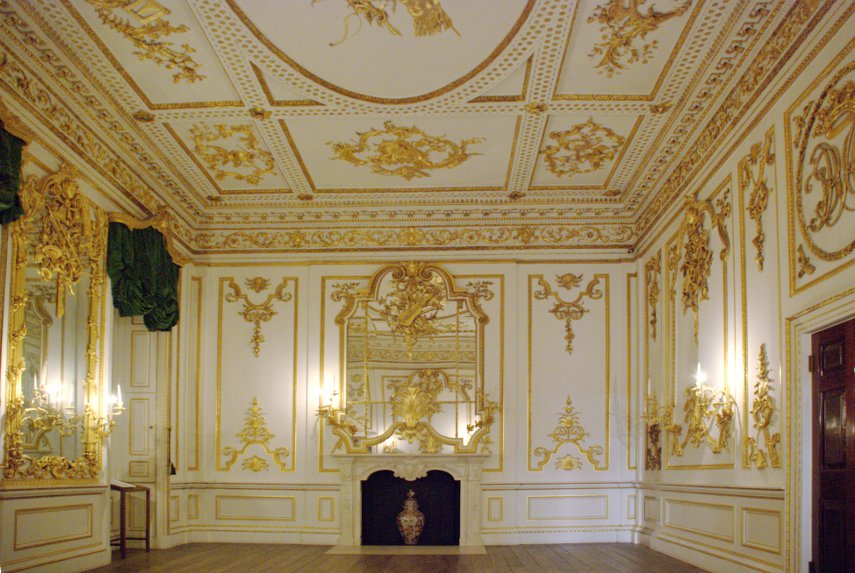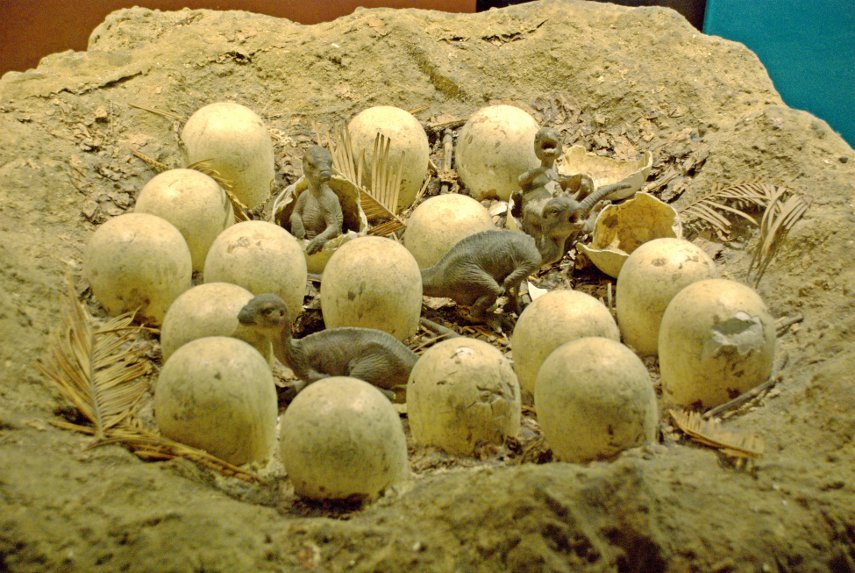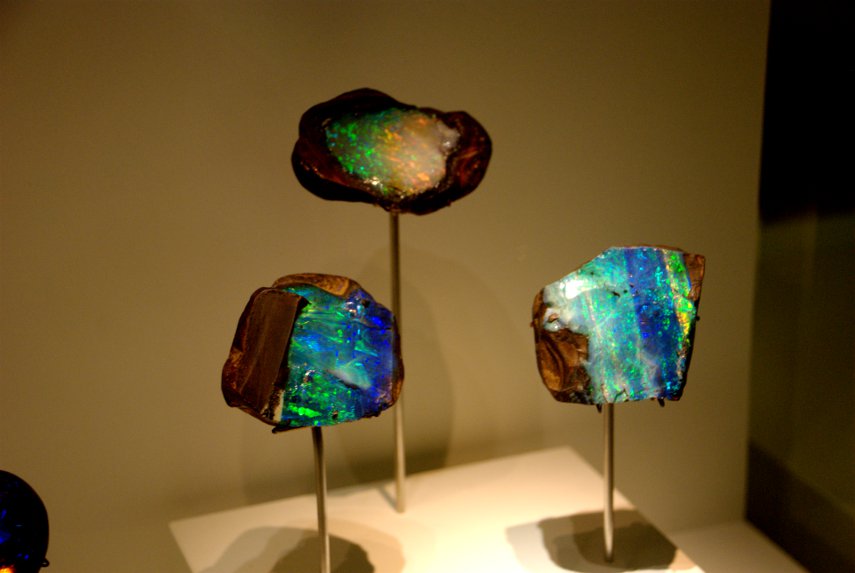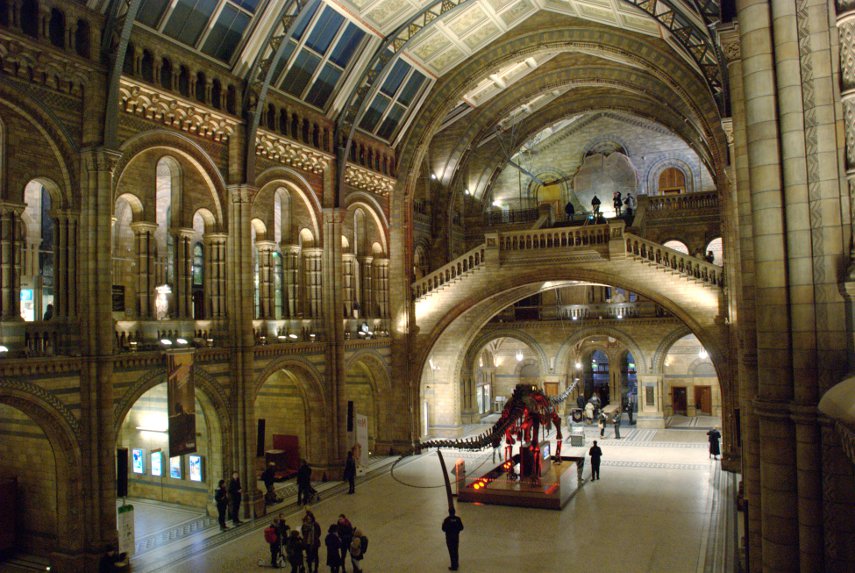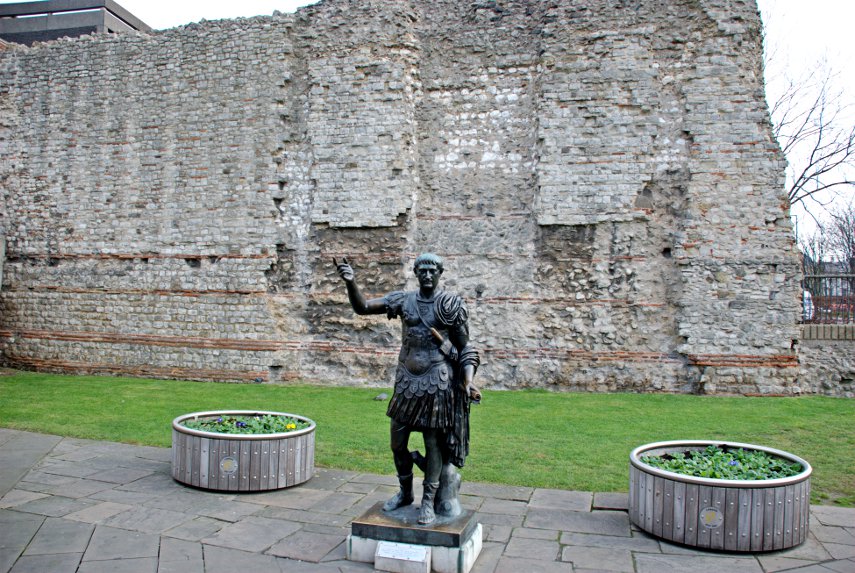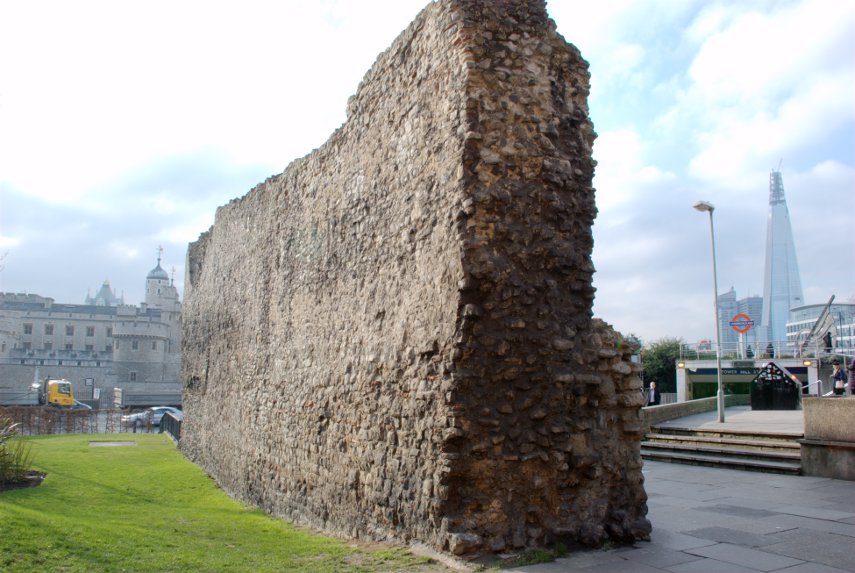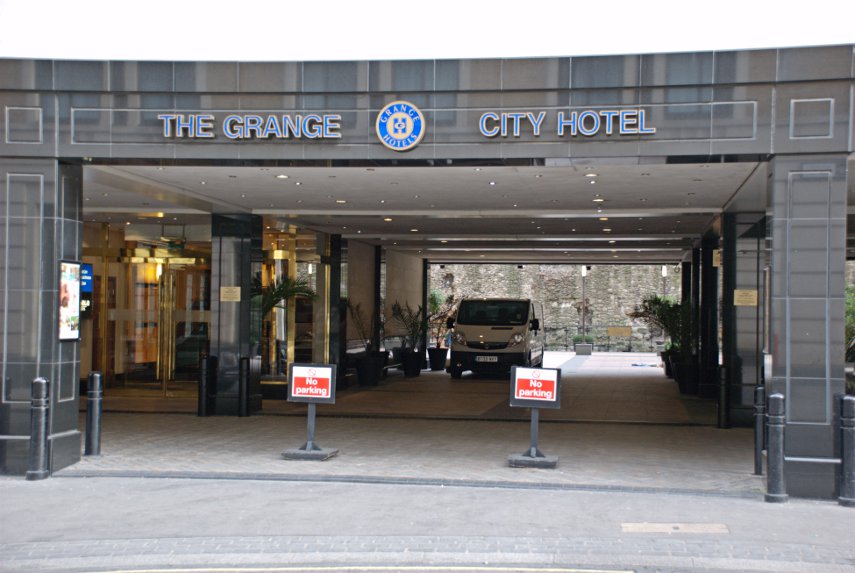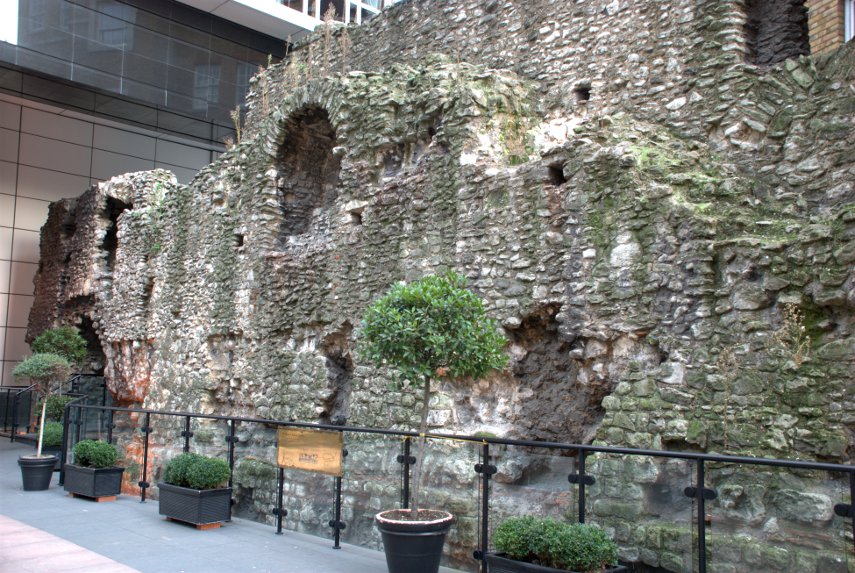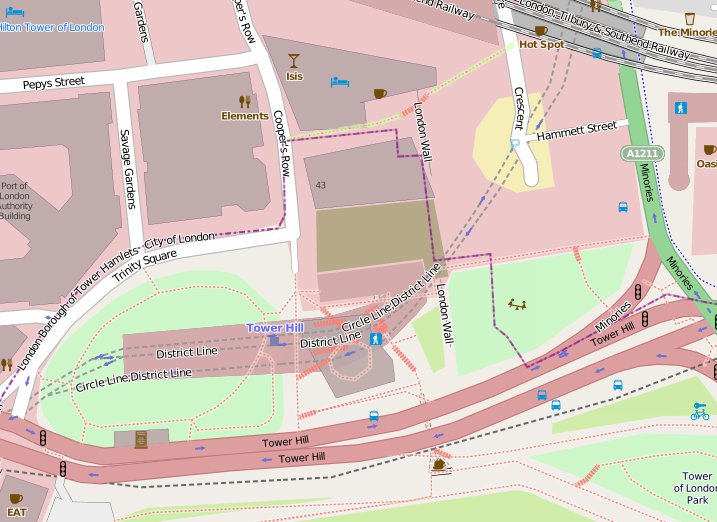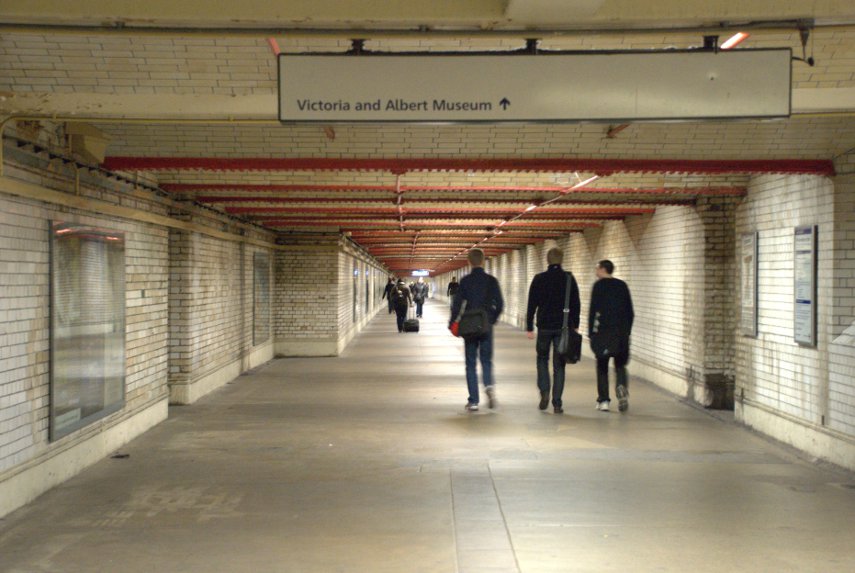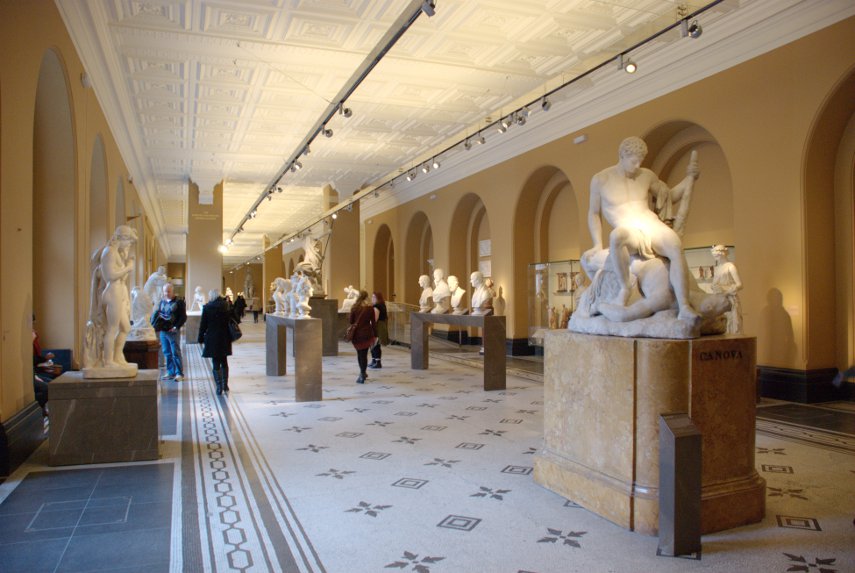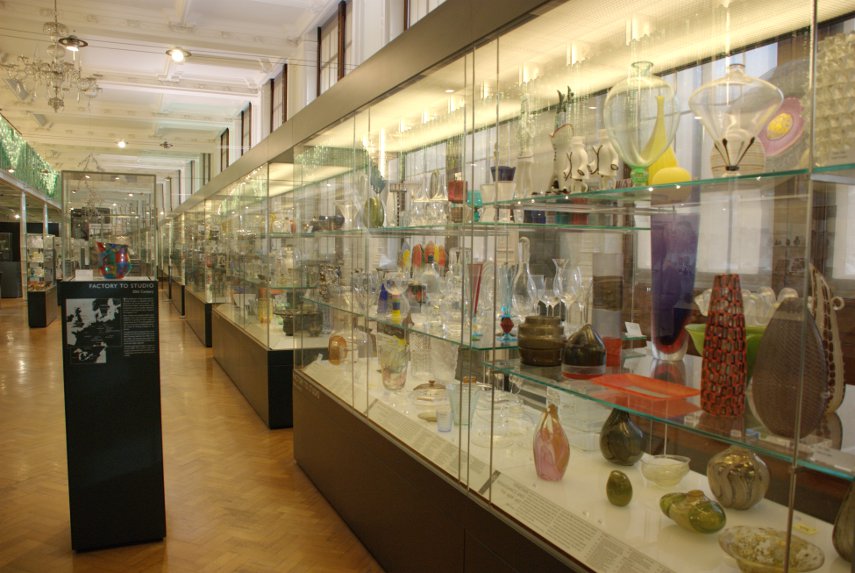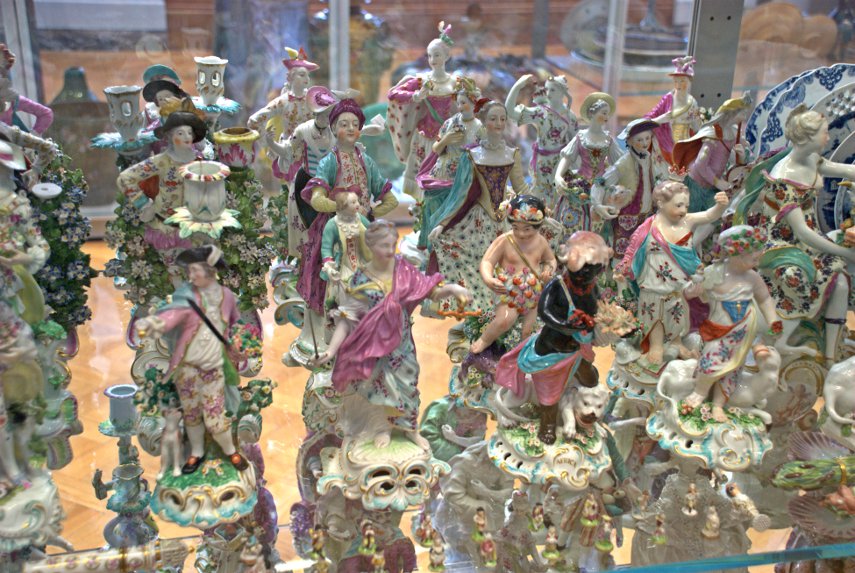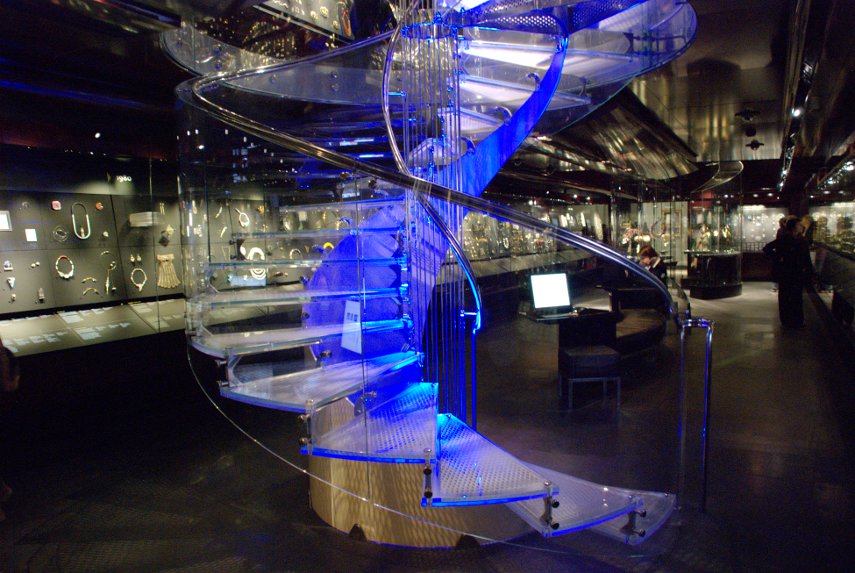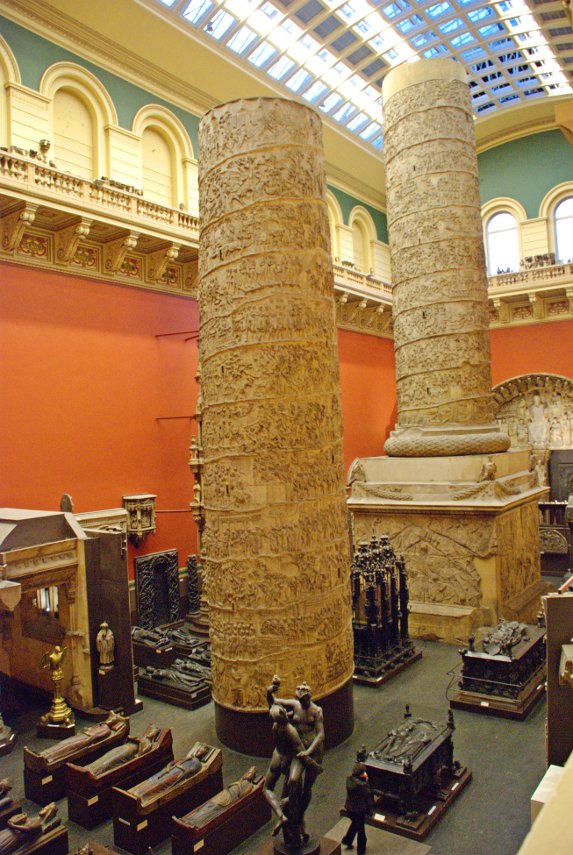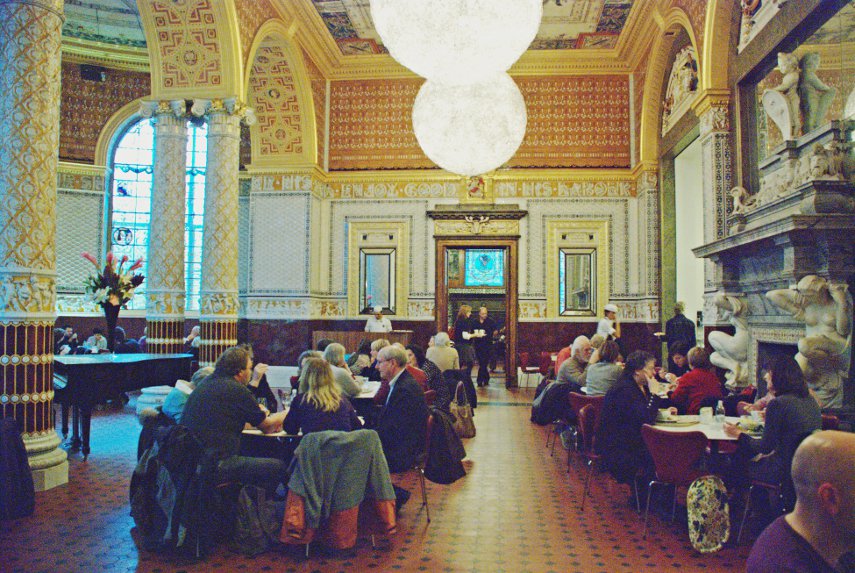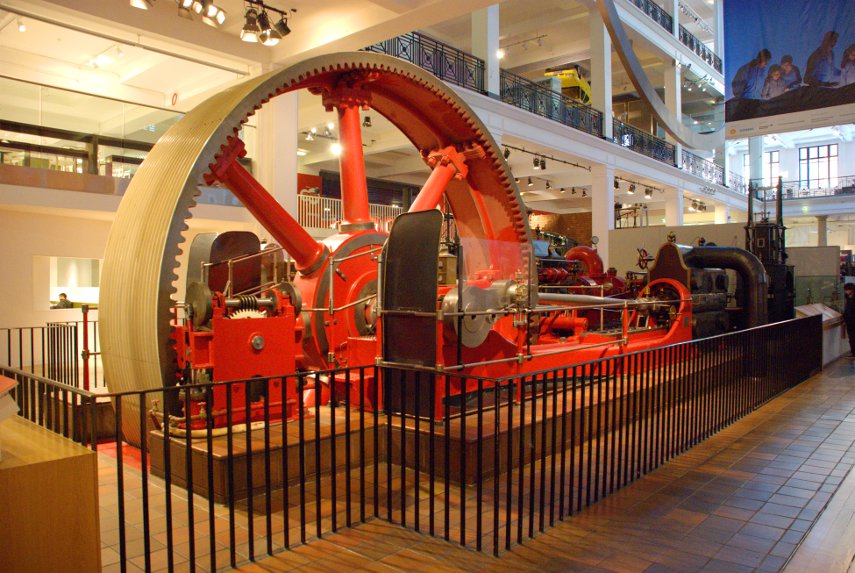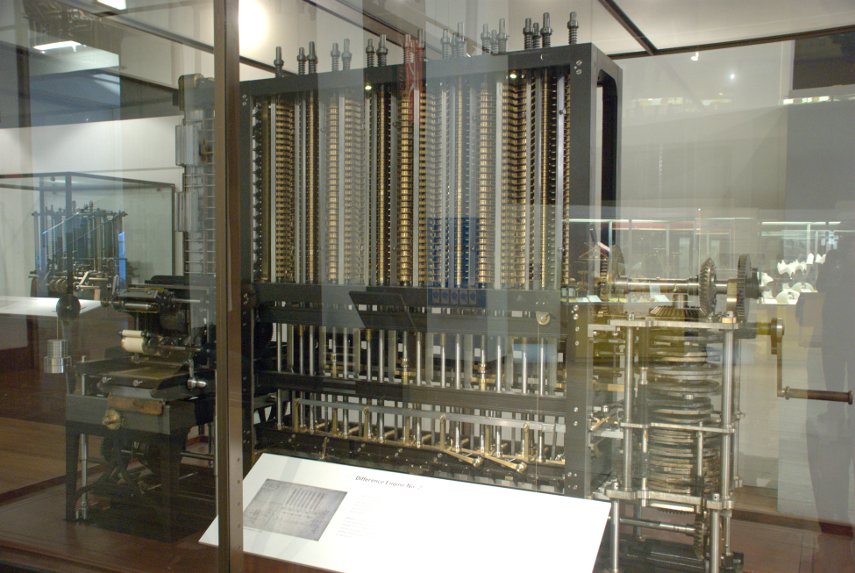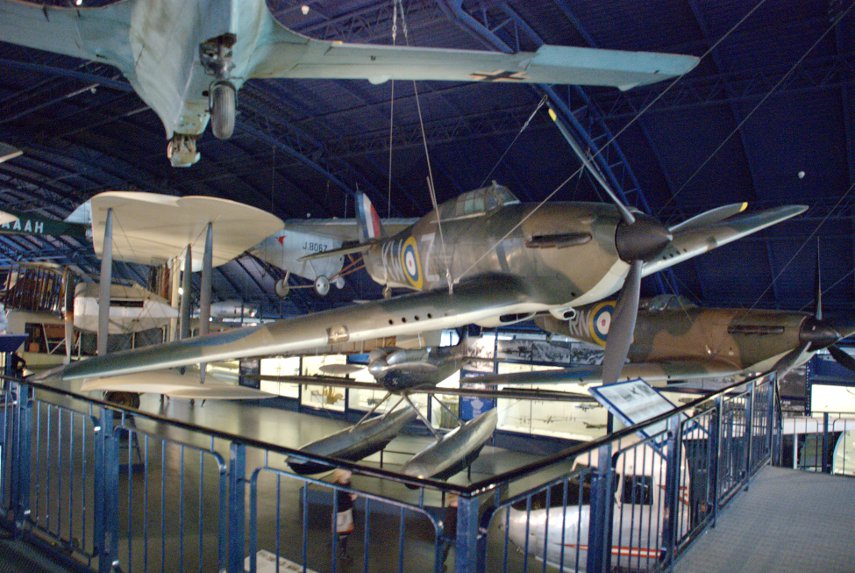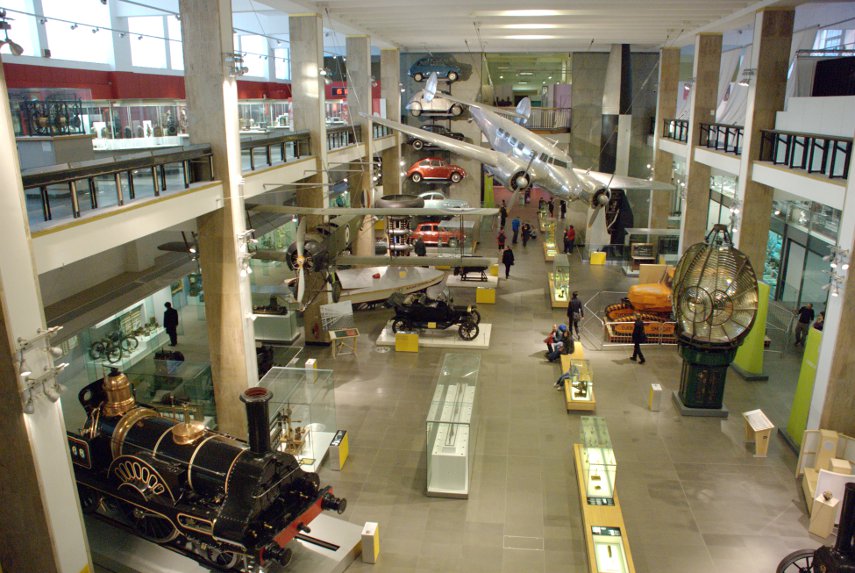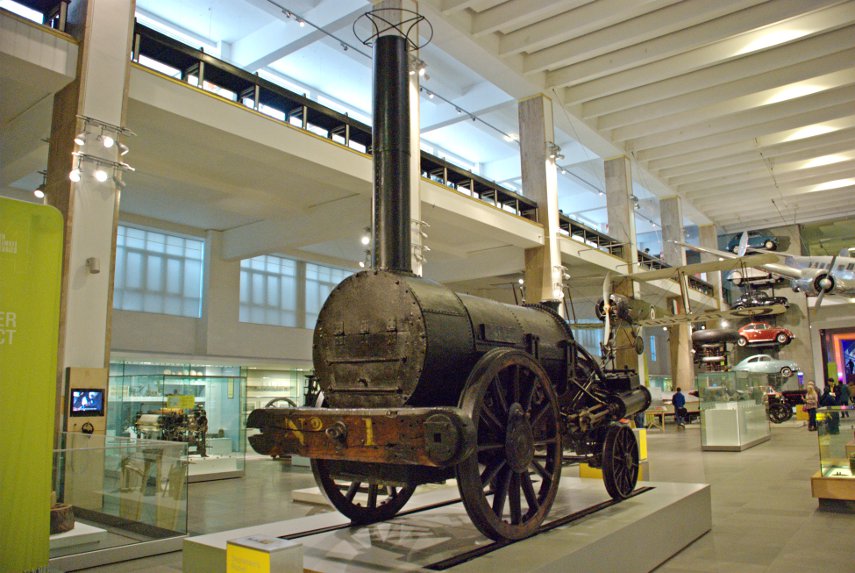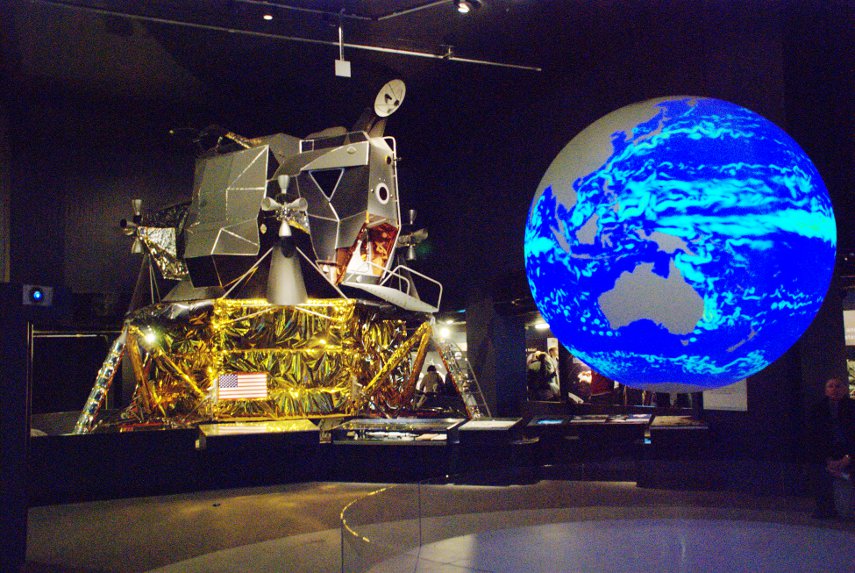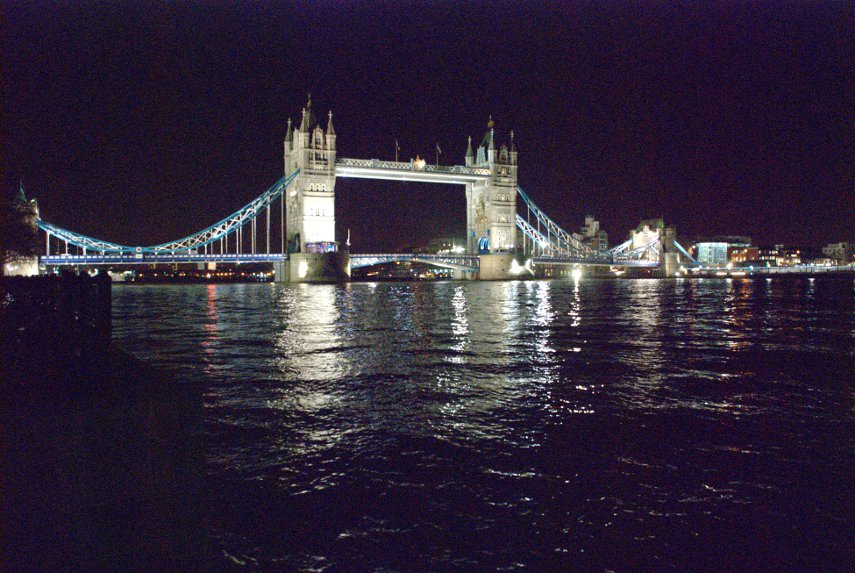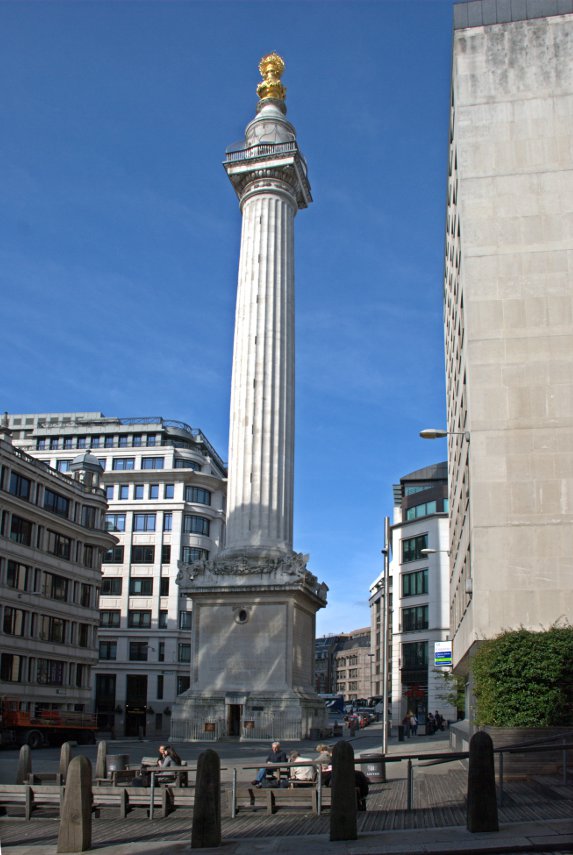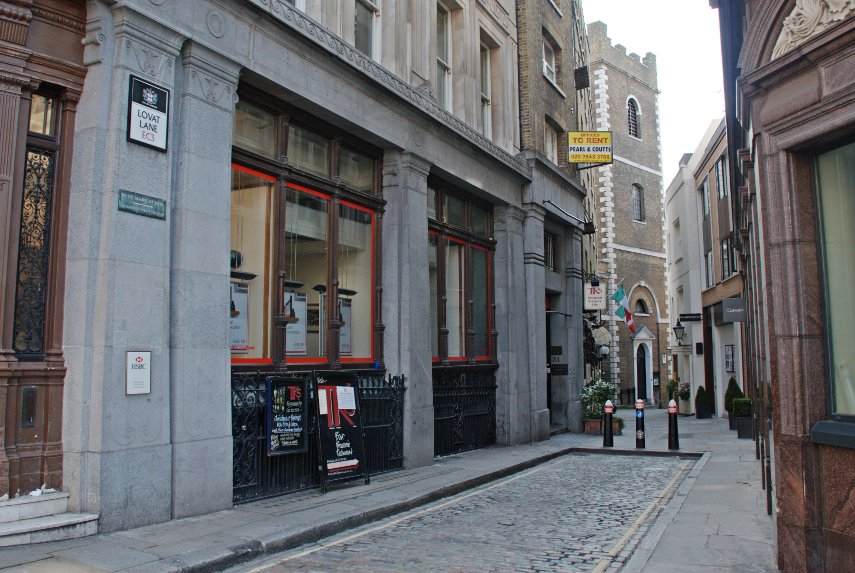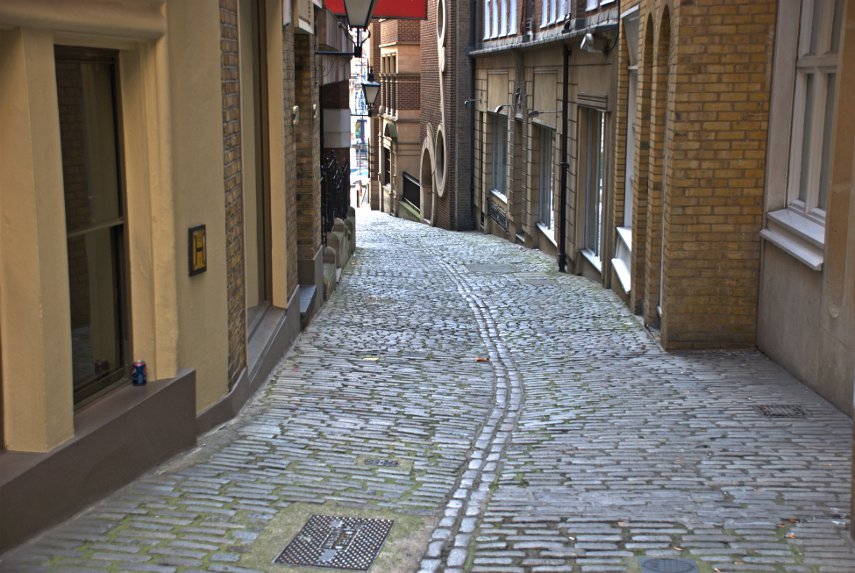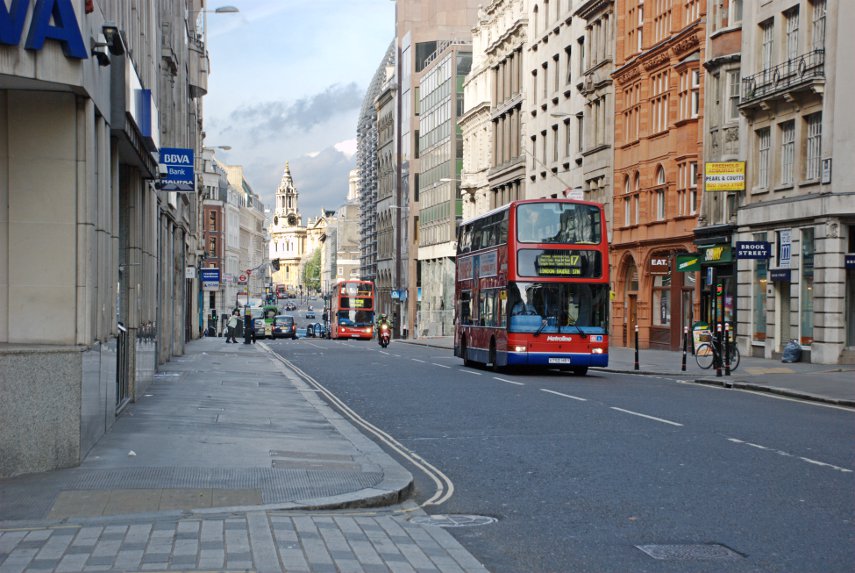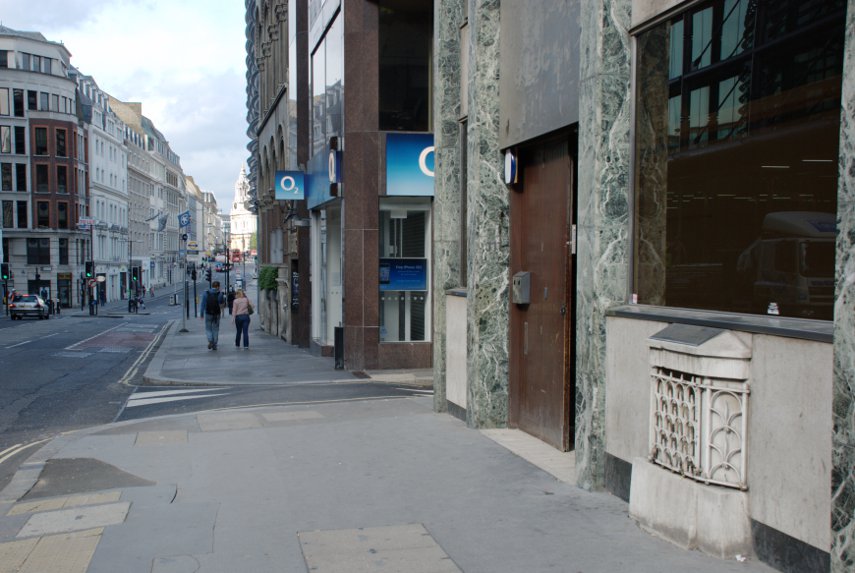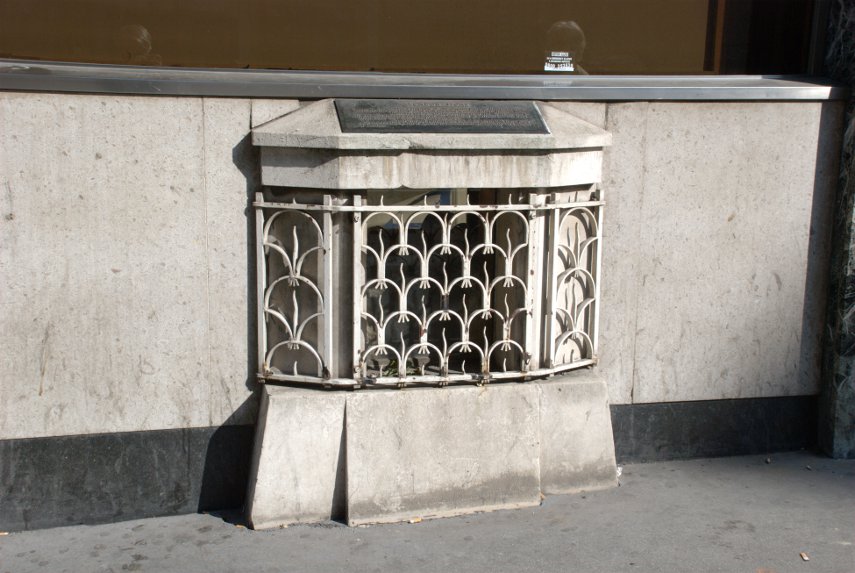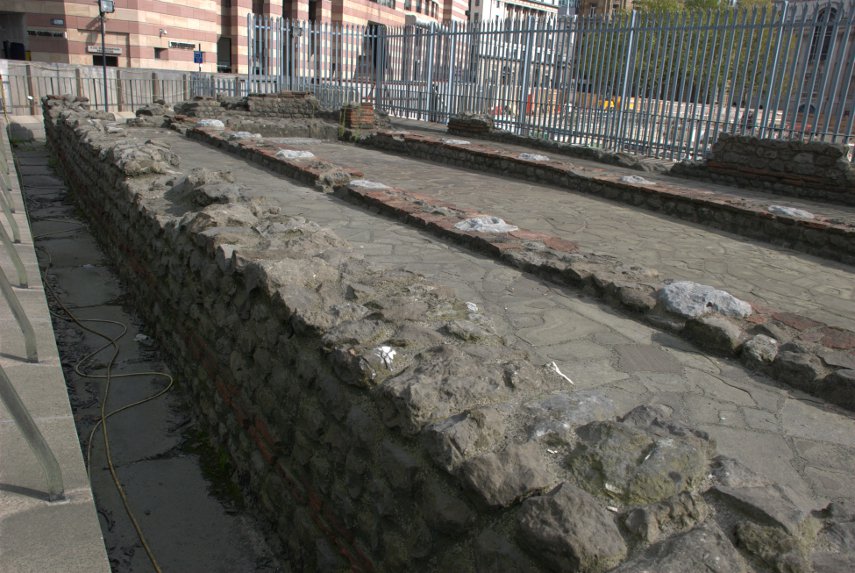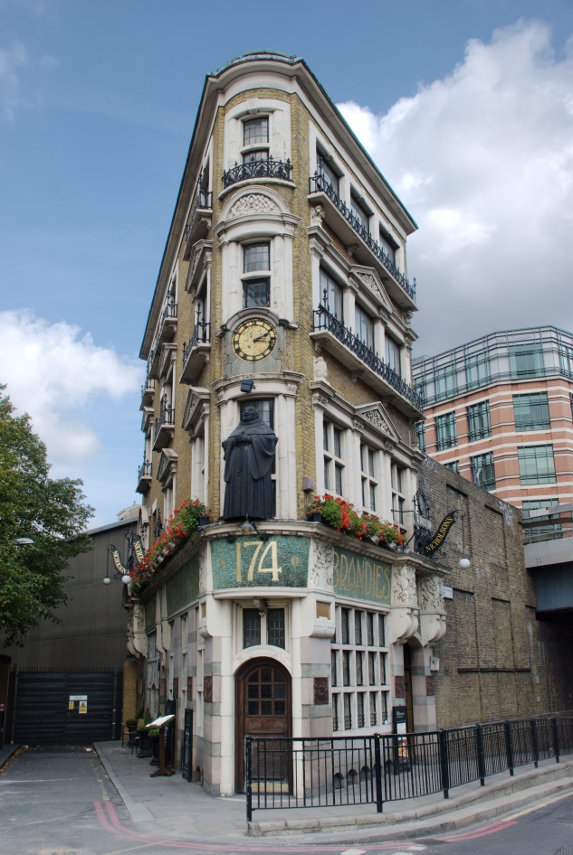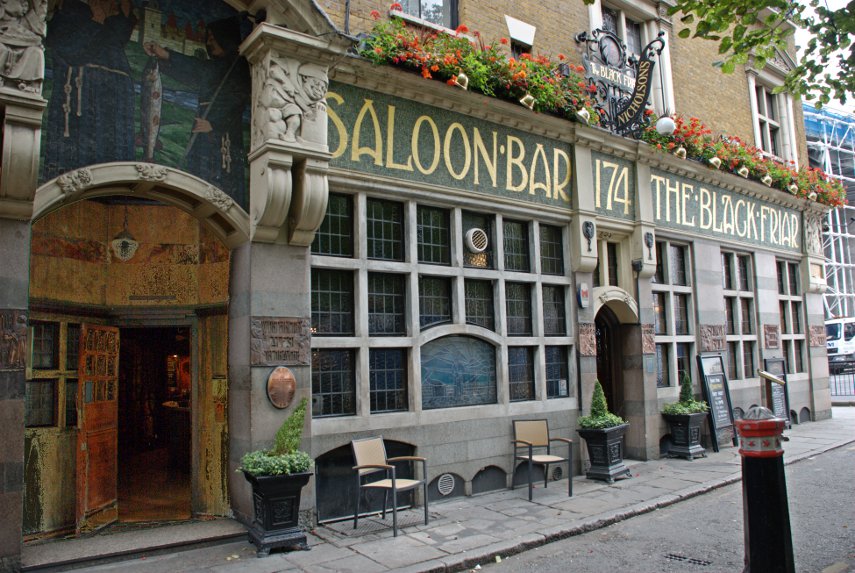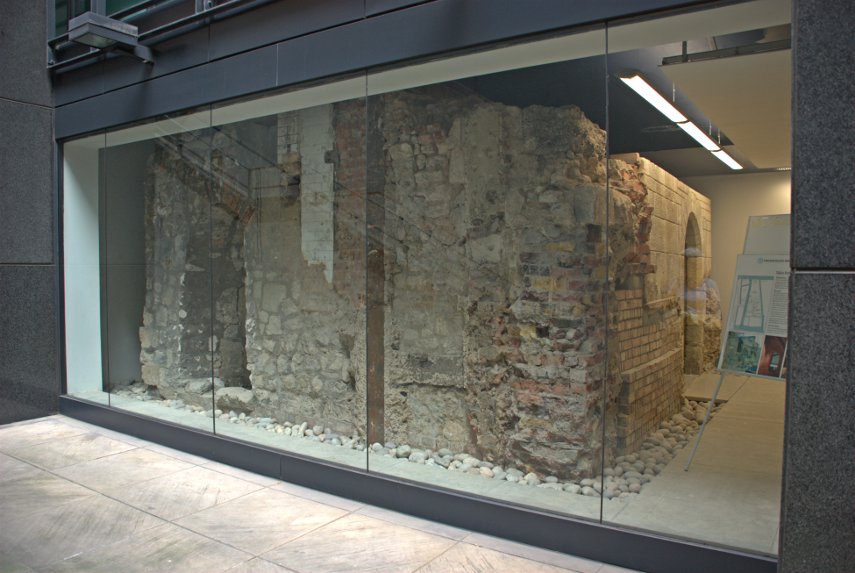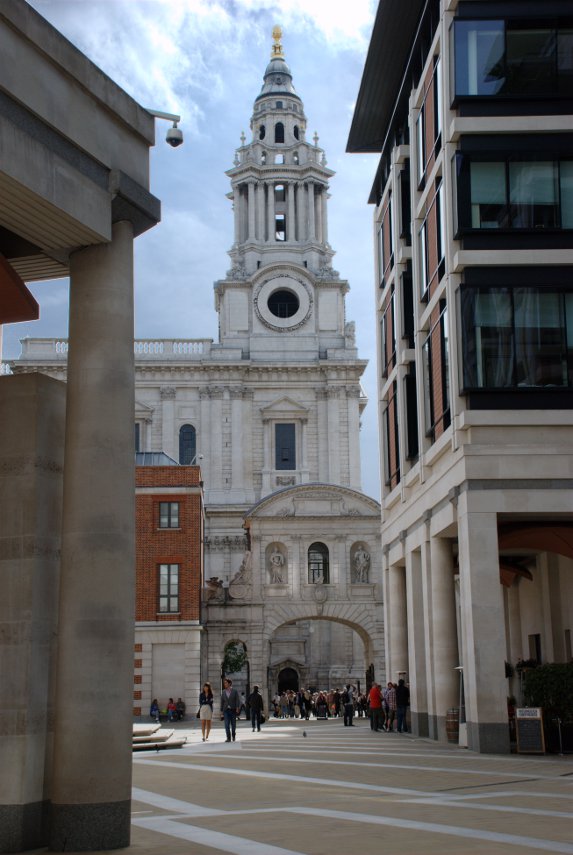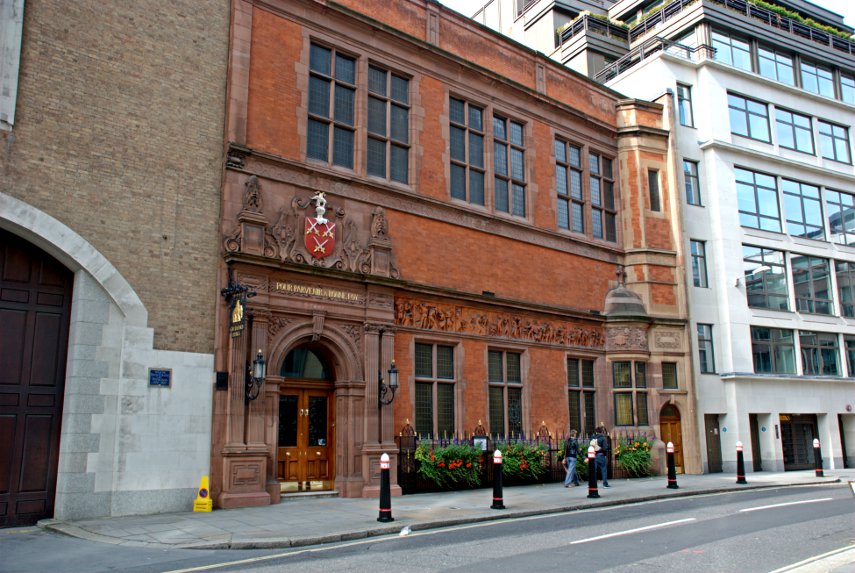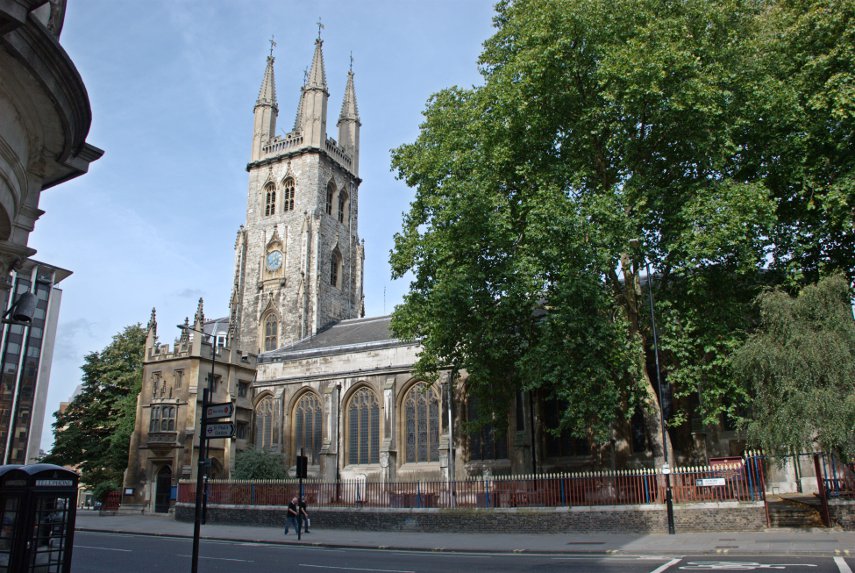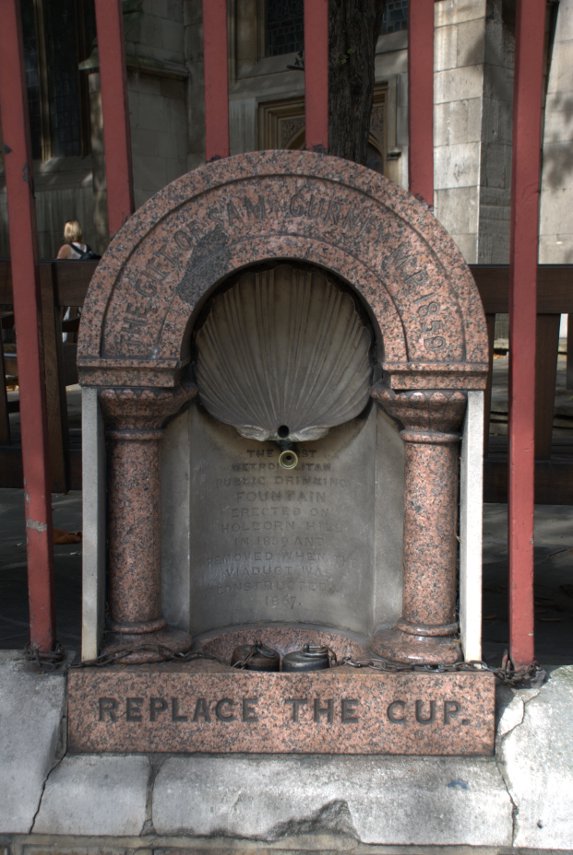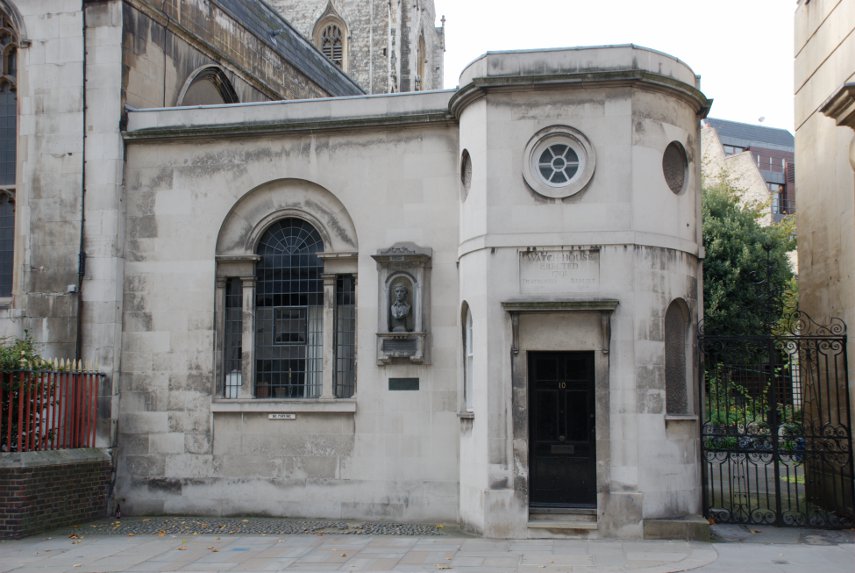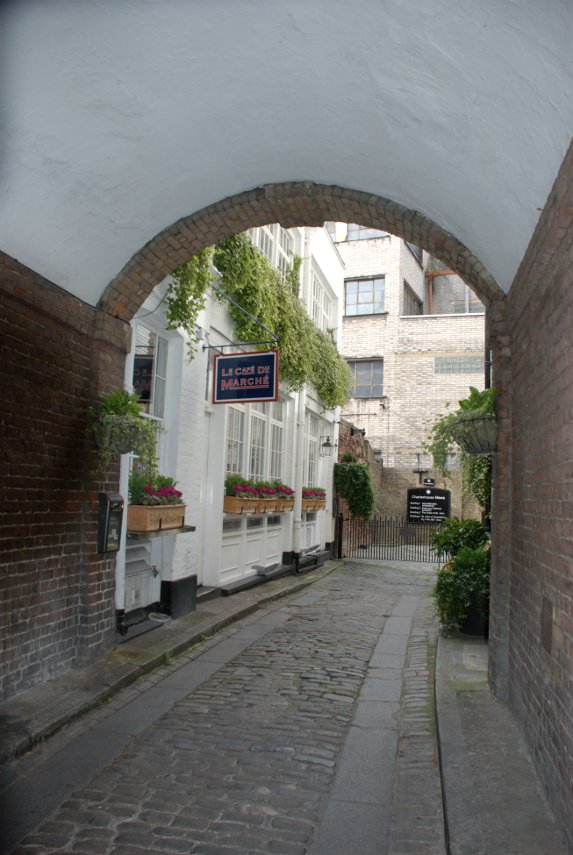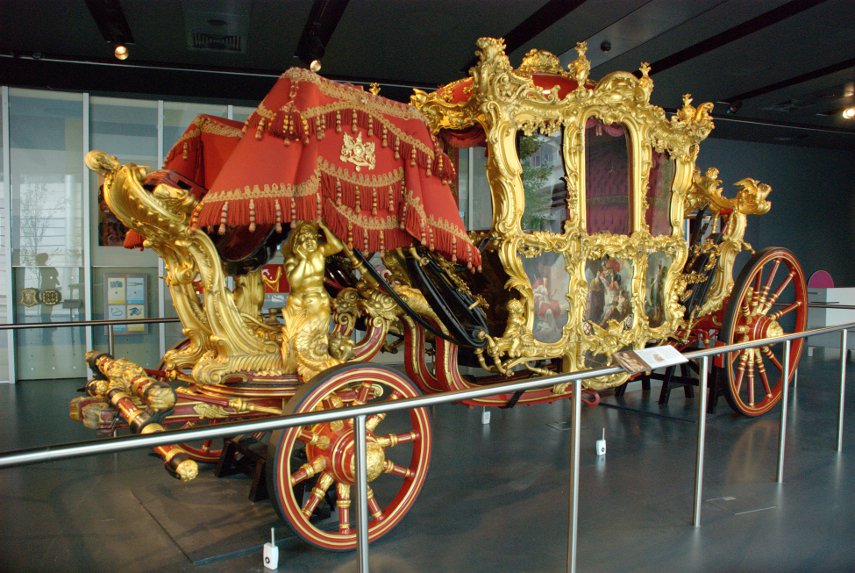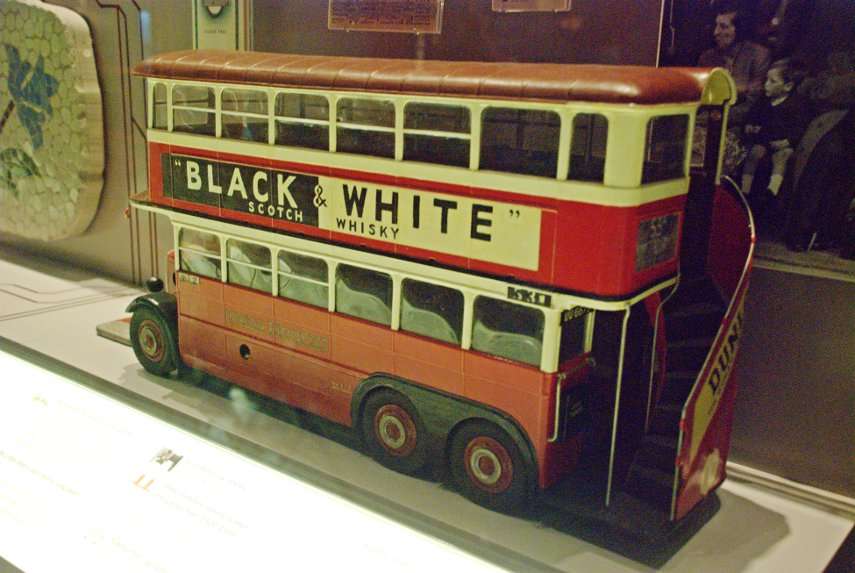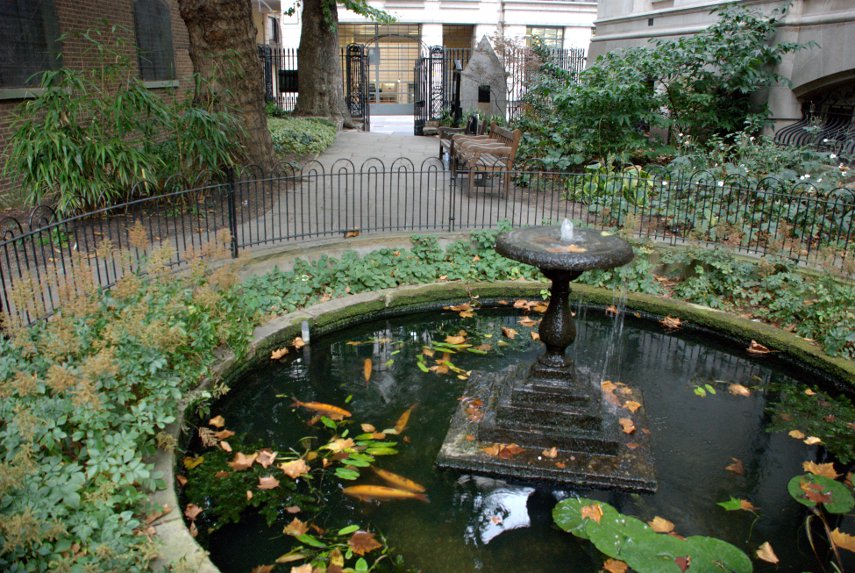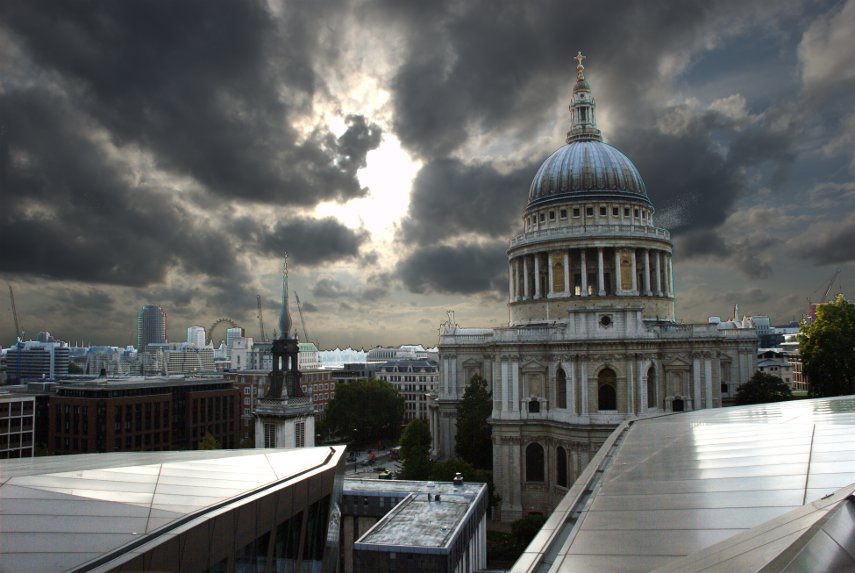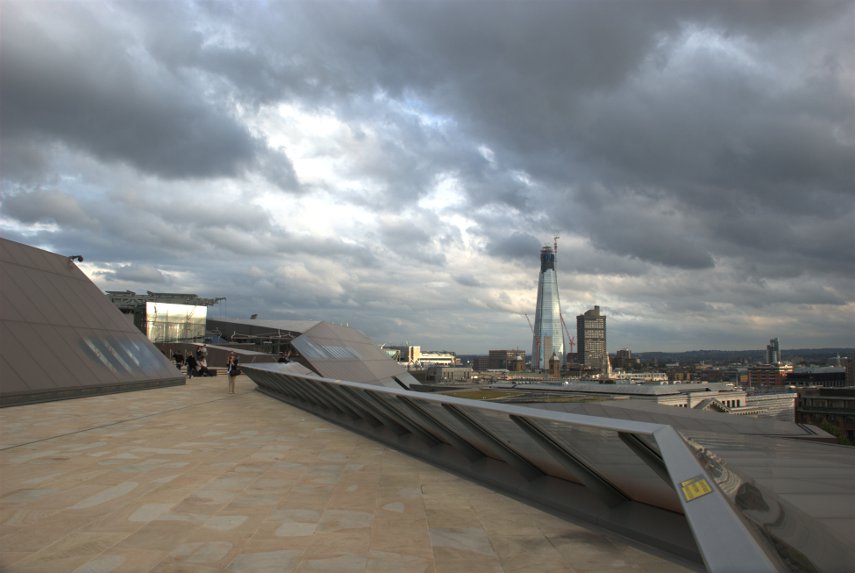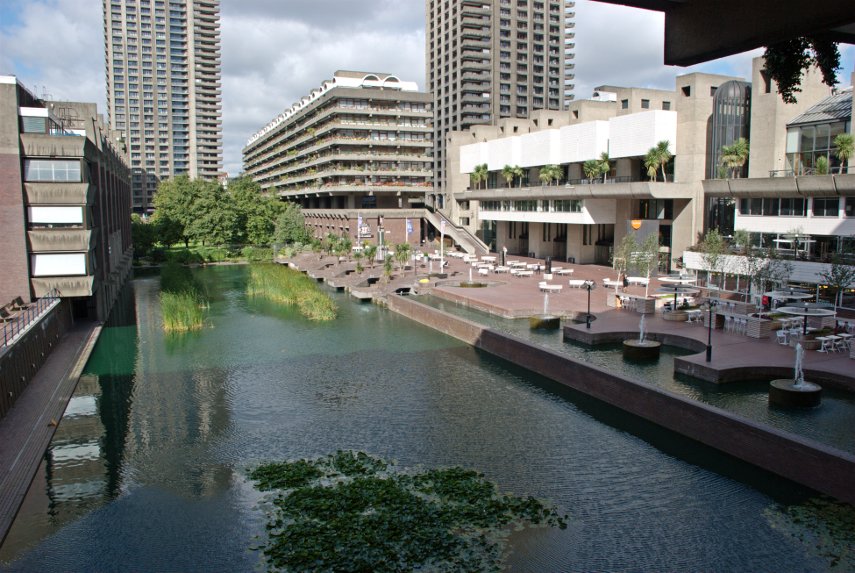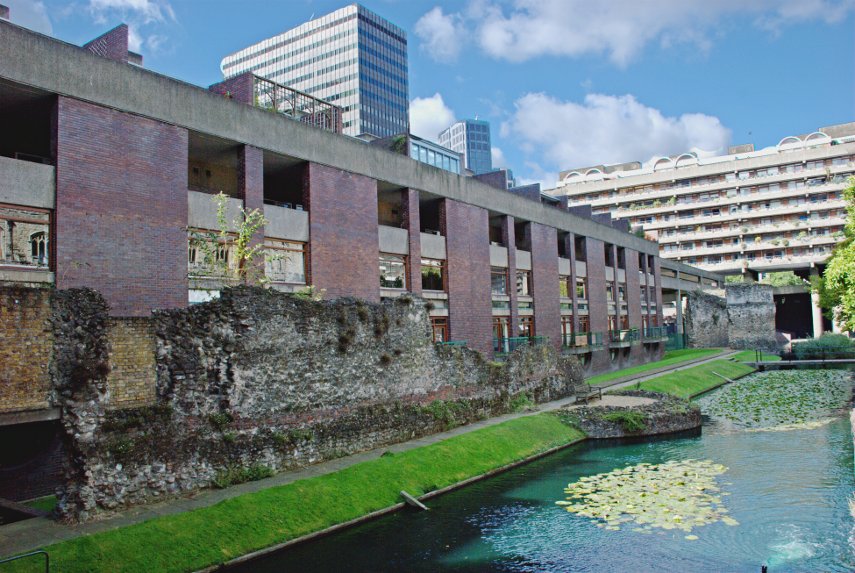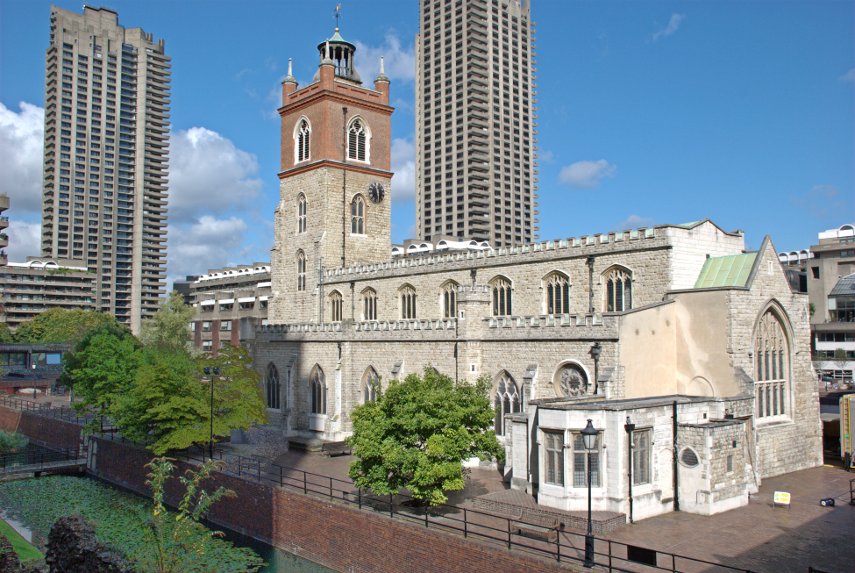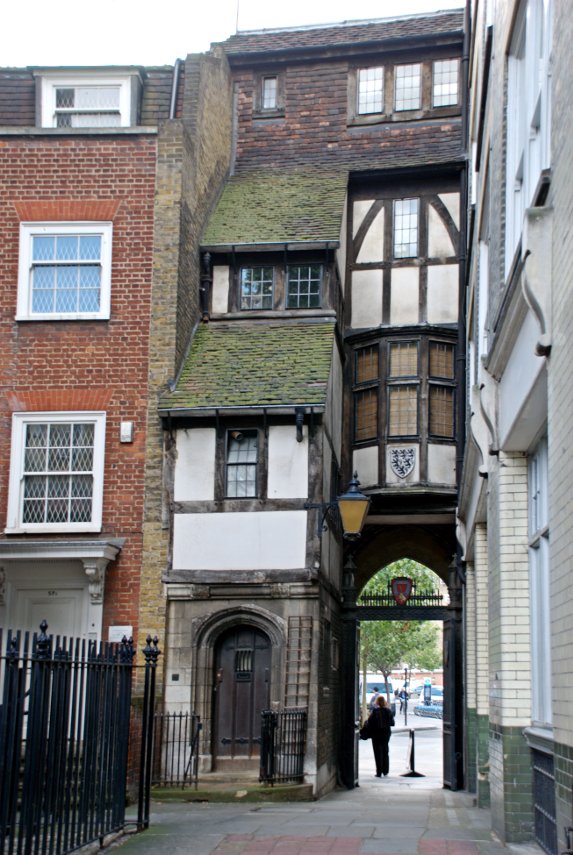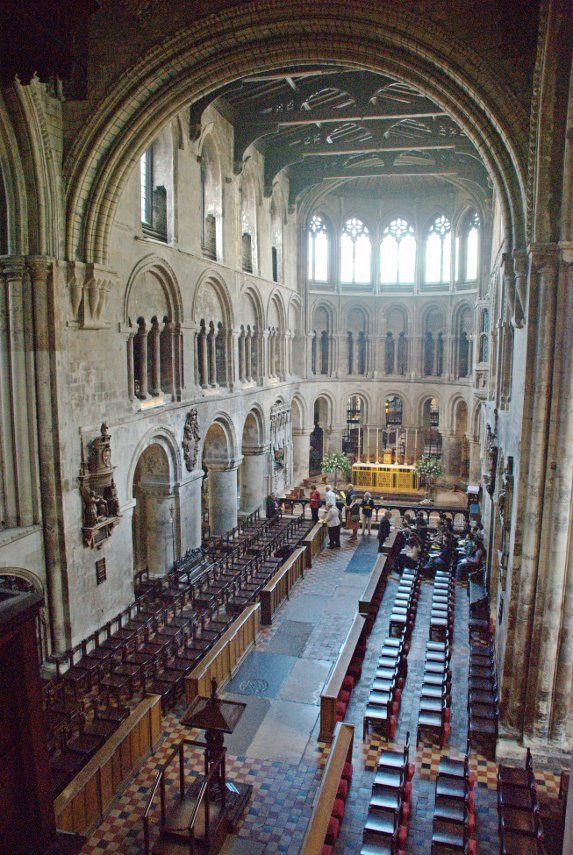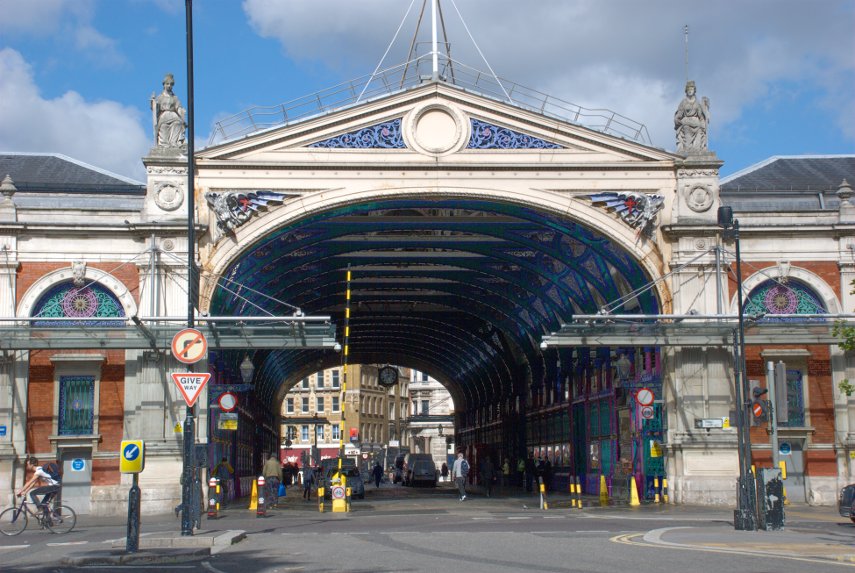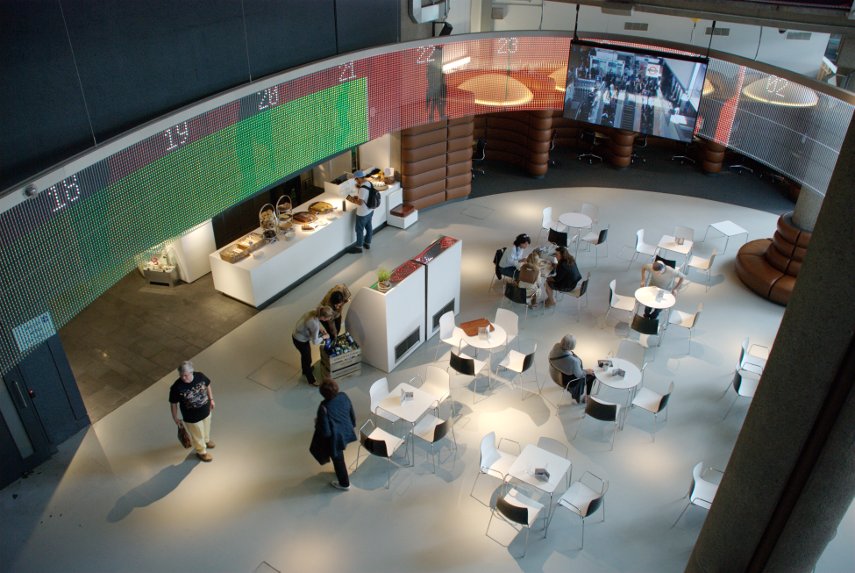The best laid plans of mice and men . . . .
Did you know that Google Maps can be used to navigate when using public transport in London? You can use it either on your computer before you go or on your smartphone whilst on the move.
We planned to go to London yesterday. I wanted to go to the British Museum again and Amanda wanted to go to Regents Park to see the roses so we used Google Maps, 'Get Directions'.
First select the type of transport which, in our case, was Public Transport. Our starting point was Liverpool Street Station and my end point was the British Museum. Click the 'Options' link just below the destination box and select the 'Prefer' option. We wanted to use buses so we selected 'Bus'. Click 'Get Directions' and a map should be displayed together with a short list of routes in a box on the left. I chose the No. 8 in preference to the 242 because it got me slightly nearer my destination.
We discovered that the No. 8 terminates at Oxford Circus which, Amanda decided, would be near enough to Regents Park for her to walk the last bit allowing us to travel together on the same bus.
We normally allow 35 minutes between when we leave home to when our train departs. We left home at the normal time and a short while later were held up by traffic lights at some road works which had appeared suddenly this morning. In fact they were still setting up the road works when we arrived to do whatever it was they were planning to do. Then when we were near the railway station we found ourselves in an unexpected traffic queue. Time was getting short! After parking the car we had to do a fast walk across the fields to the station to find that there was a queue at the ticket office. We did eventually get our tickets a few minutes before the train arrived.
Google Maps tells us that the bus stop is in Bishopsgate just outside the station and that it is 'Stop L'.
"Liverpool Street station
Bishopsgate
London, UK EC2M 7QH"
There are two stops 'K' and 'L' and different routes stop at each stop. The stops have a plate on the very top with the large letter identifier easily visible.
We went to the appropriate stop only to find a sign on it saying 'Bus stop not in use'. Bummer! This is because there are roadworks along the centre of Bishopsgate making the road narrower than normal. We decided to walk in the direction in which the bus would travel and find the next stop which was 'Y'. It was a relatively short walk to where Bishopsgate changes into Gracechurch Street.
The No. 8 bus is supposed to run every 6-10 minutes so we expected not to have to wait very long. Although there was almost a constant stream of buses of every other route we were still waiting for a No. 8 twenty minutes later.
Then we saw a No. 8 approaching. But wait, what do I see? The destination board on the front of the bus says 'Holborn Circus' but it should say 'Oxford Circus'. We ask the driver who tells us that all the No. 8s are turning round at Holborn Circus because of delays further along the route. Bummer again!
What we should have done in advance of our journey is to look on the "Transport for London" web site but which we didn't think of doing. ![]()
Go to www.tfl.gov.uk, select 'Live Travel News' then select your mode of transport i.e. Tube, Buses etc. With buses you can enter the route number and get information on any delays or cancellations on that particular route and doing that for the No. 8 gives a list of possible problems.
We decided to go as far as we could i.e. Holborn Circus and walk the rest. We chose the bus because it would have got me significantly nearer the British Museum than the Tube would have done but in this case the Tube would have been quicker and nearer. It was our own fault for not checking TFL's web site for possible delays first.
Travelling on the London Buses should normally be easy and straightforward. Bus stops are obvious and give details of the routes calling at this stop.
There are no facilities on the buses in central London for buying tickets so payment must be made in advance. If you are travelling around as a visitor then you will probably have a Travelcard or an Oyster Card both of which can be used on the buses. If you need to purchase a ticket then there are machines like this at some stops but it is an expensive way of doing it.
This is a view from the upper deck.
Access to the stairs is on the right surrounded by a guard rail and above the front window is an electronic display giving the bus route number and either the current stop or the next stop if the bus is moving. There are also automatic announcements giving the same information.
Sitting in the front seats, when available, gives the best views.
This is our bus driving into the roundabout at Holborn Circus to go all the way round and back the way it came for its return journey.
We walked from Holborn Circus to New Oxford Street where I turned north up Museum Street for the British Museum and Amanda went off to Regents park.
When I went into the British Museum, at around 11:30 AM, the first thing that struck me was the noise; most of which was probably from the multitude of school groups in evidence. I don't remember this much noise on our last visit.
Most of the rest of the world had obviously also chosen today to visit the museum and I don't remember it being as crowded on our last visit. On our last visit we arrived at the museum in the late afternoon which is probably a better time of day to visit as the school groups are likely to have gone by then.
I hadn't managed to photograph the Rosetta Stone on our last visit so I thought I'd try that. It seemed to be permanently surrounded by visitors and I had to wait a long time to get this:
Not a very good picture partly because of the reflections in the glass case and partly because it's very poorly lit.
This shows the three different scripts. The upper text is Ancient Egyptian hieroglyphs, the middle portion Demotic script, and the lowest Ancient Greek. Because it presents essentially the same text in all three scripts (with some minor differences between them), it provided the key to the modern understanding of Egyptian hieroglyphs.
The close-up photograph again a little spoiled by reflections.
It was a little after this that I realised that I wasn't enjoying the experience, as I'd hoped, because of the cacophany and the sheer numbers of visitors so I decided to give up and walk to Regents Park to re-join Amanda.
I arrived in time for lunch so we had lunch in the Garden Cafe as we did on our last visit before venturing out again into the park. Amanda had come to see the roses in Queen Mary's garden so that is what we did although the weather had turned cloudy but we were expecting that for the afternoon.
There were a LOT of roses here.
When we finished here we went into Marylebone Road, which runs along the south edge of Regents Park, and caught a No. 205 bus which took us back to Liverpool Street Station by a route which was completely different from that of the No. 8. The only point of interest that we went past was the British Library. Perhaps a visit for the future?
Today's visit shows that however thorough you think your plans are they can go awry on numerous occasions. ![]()





